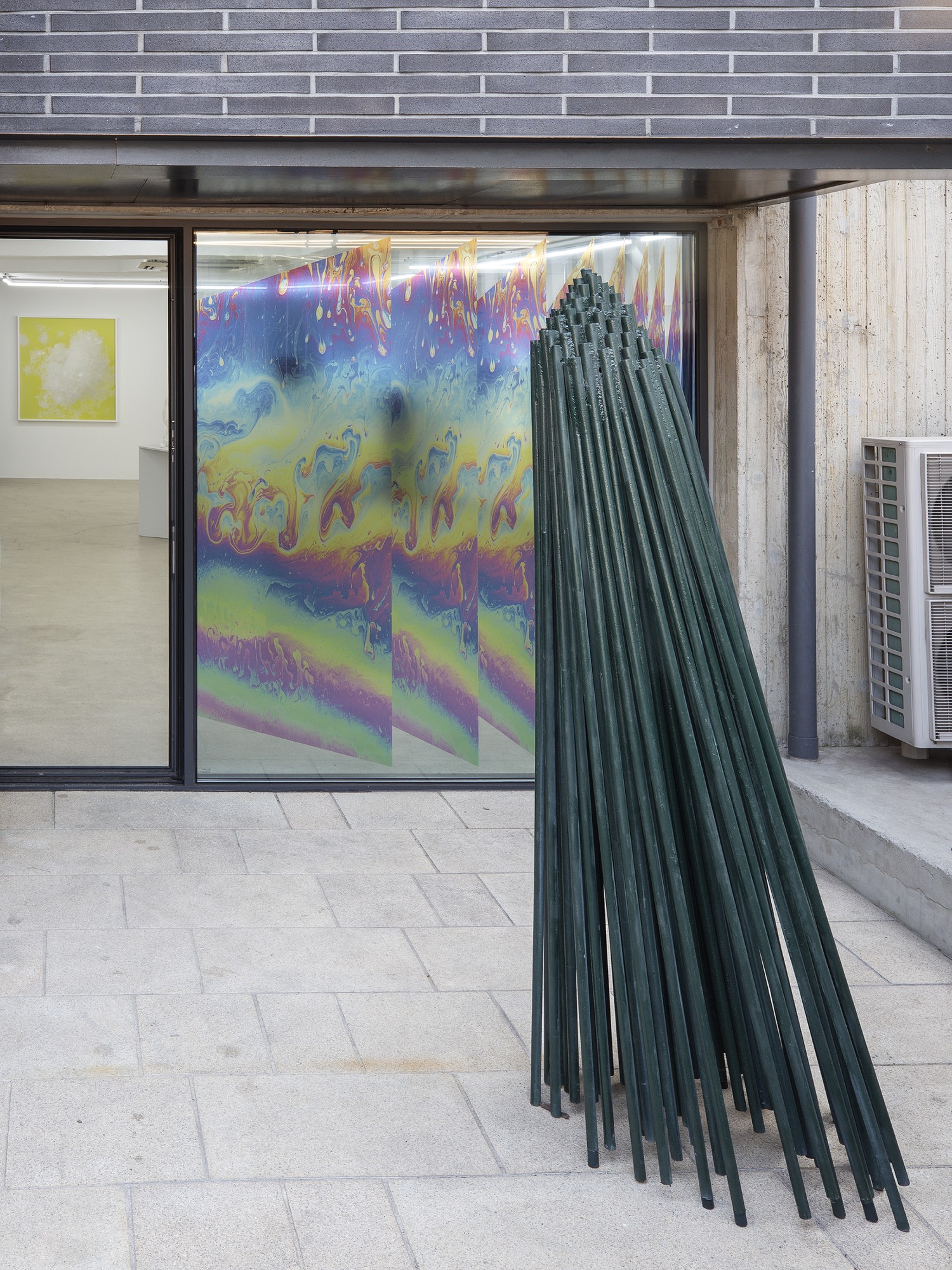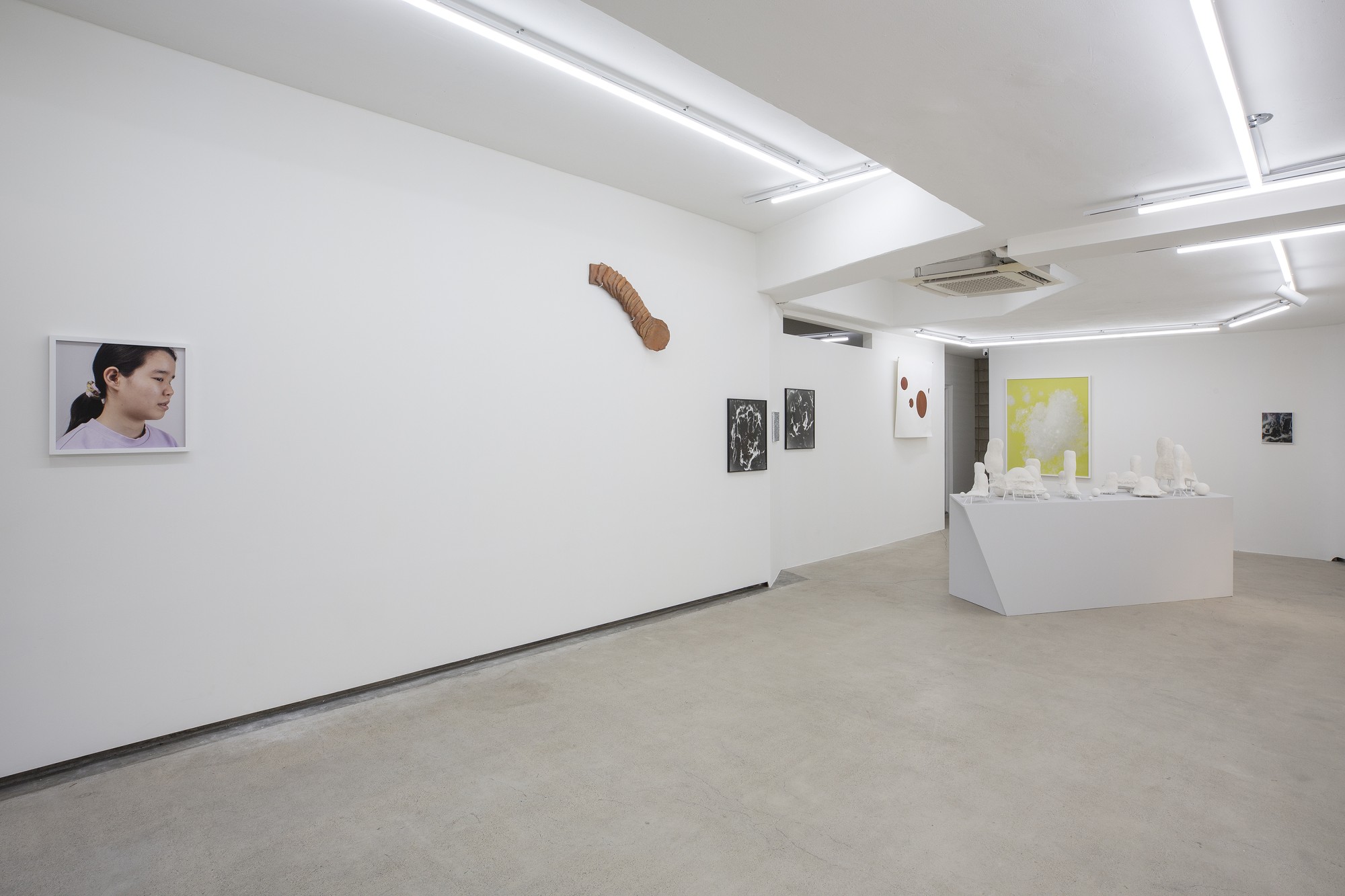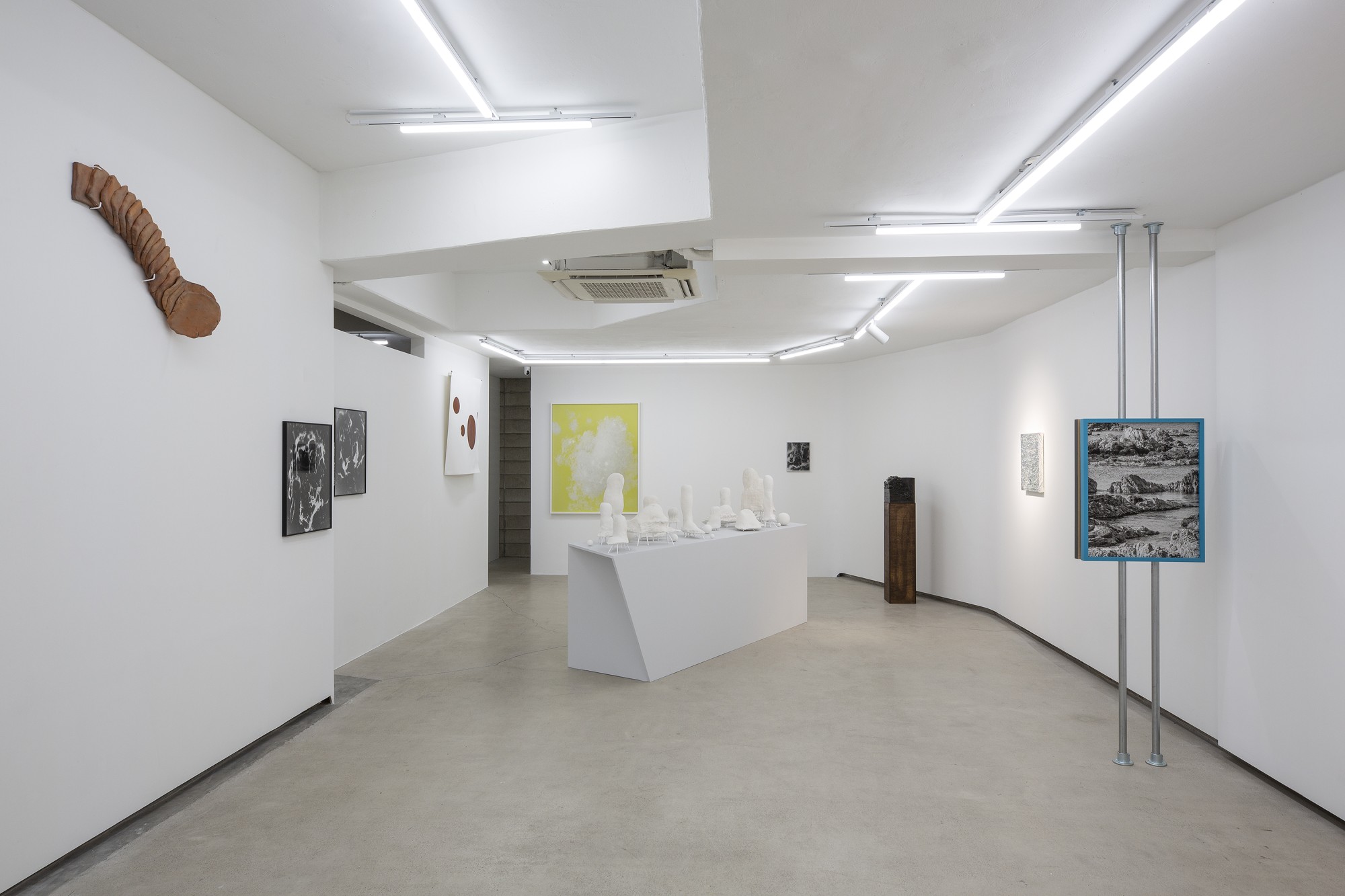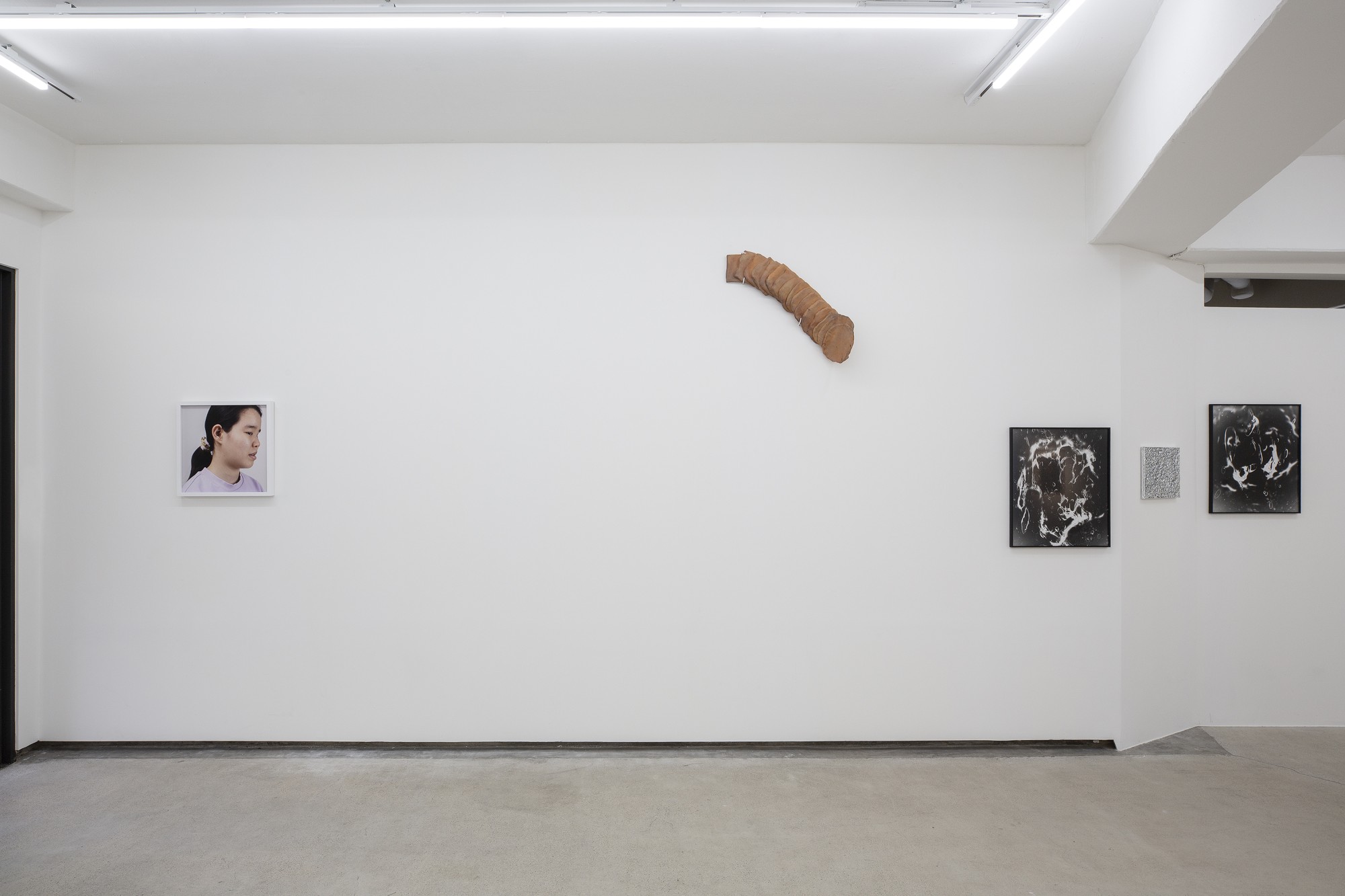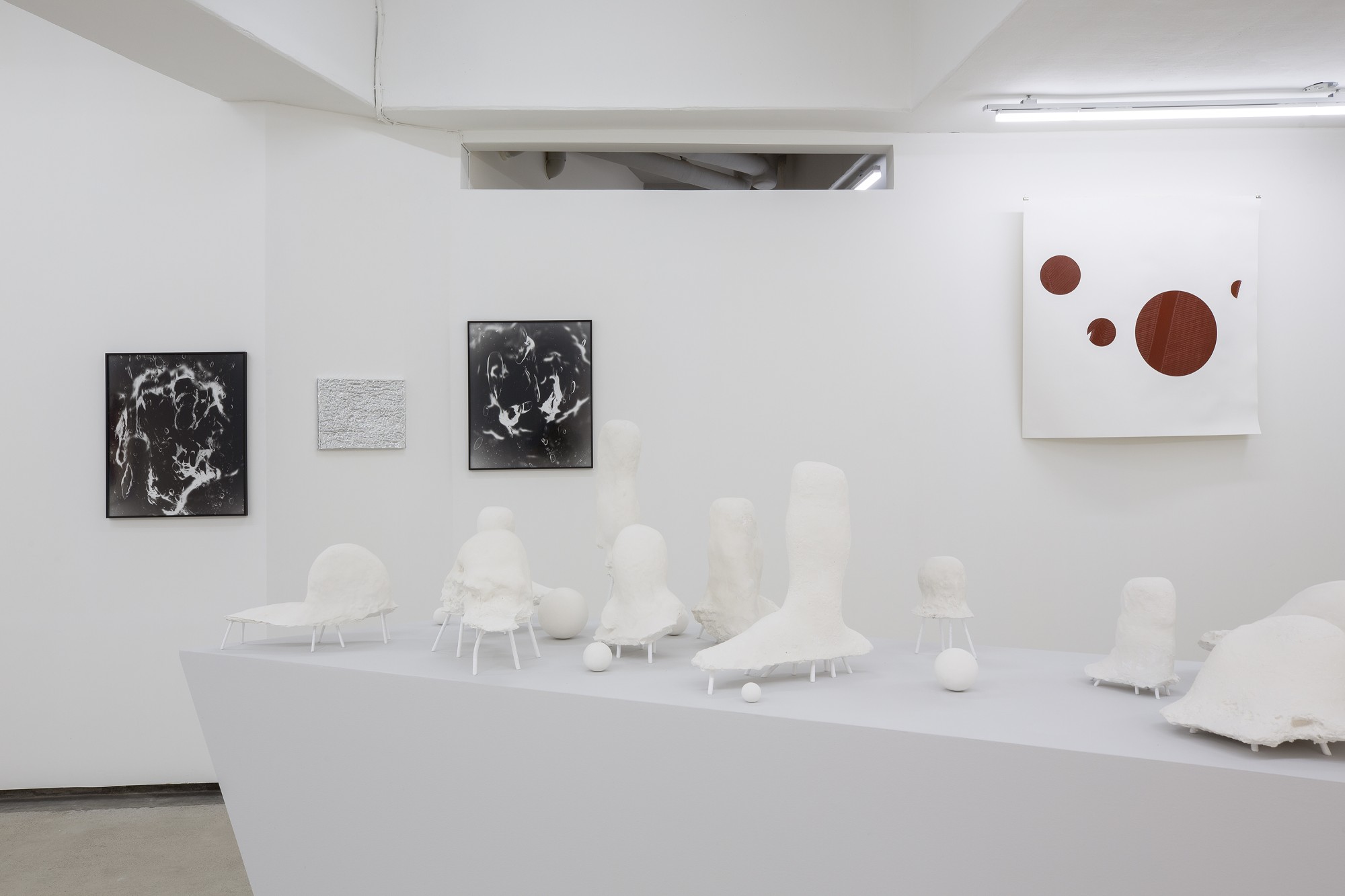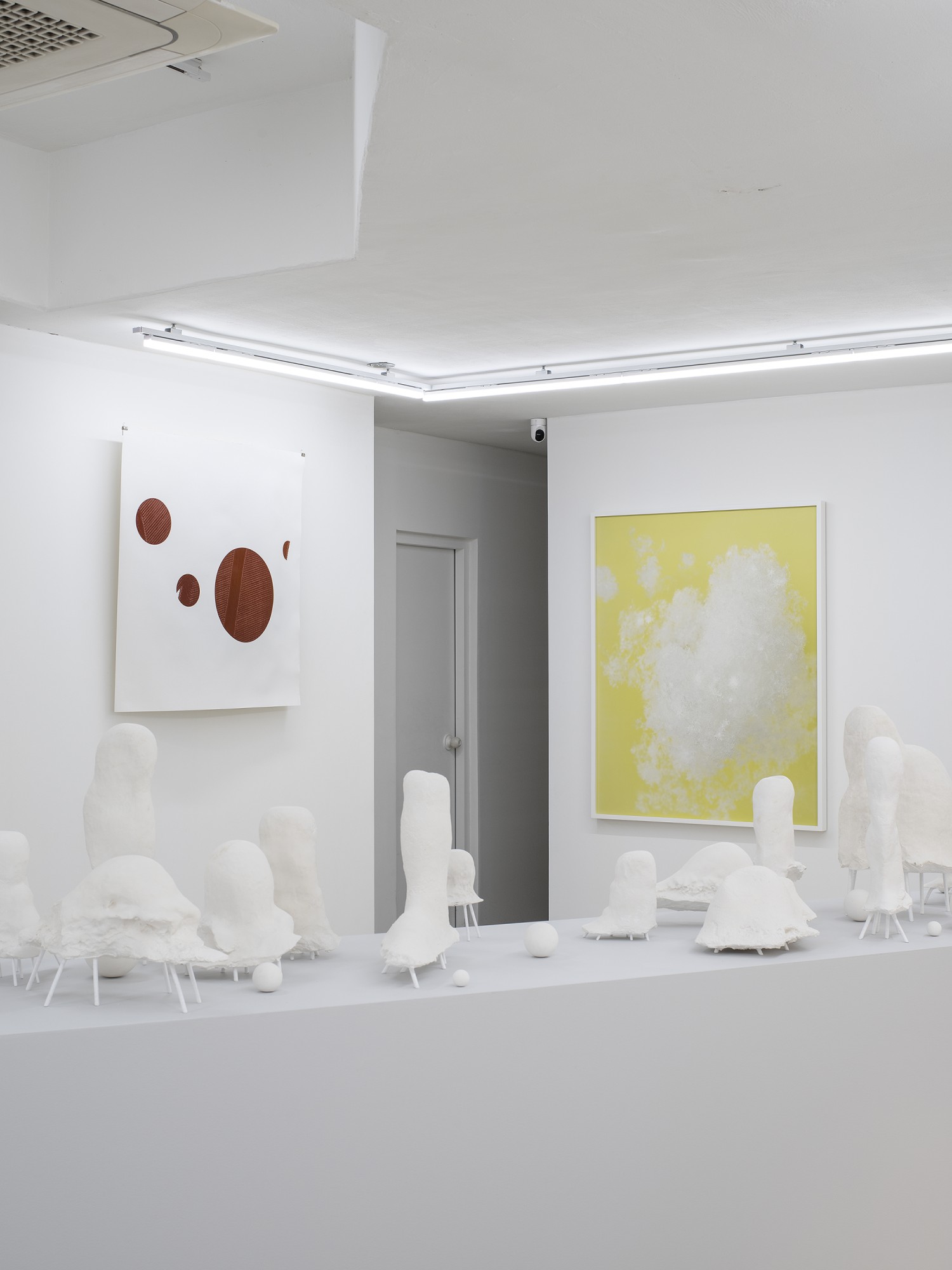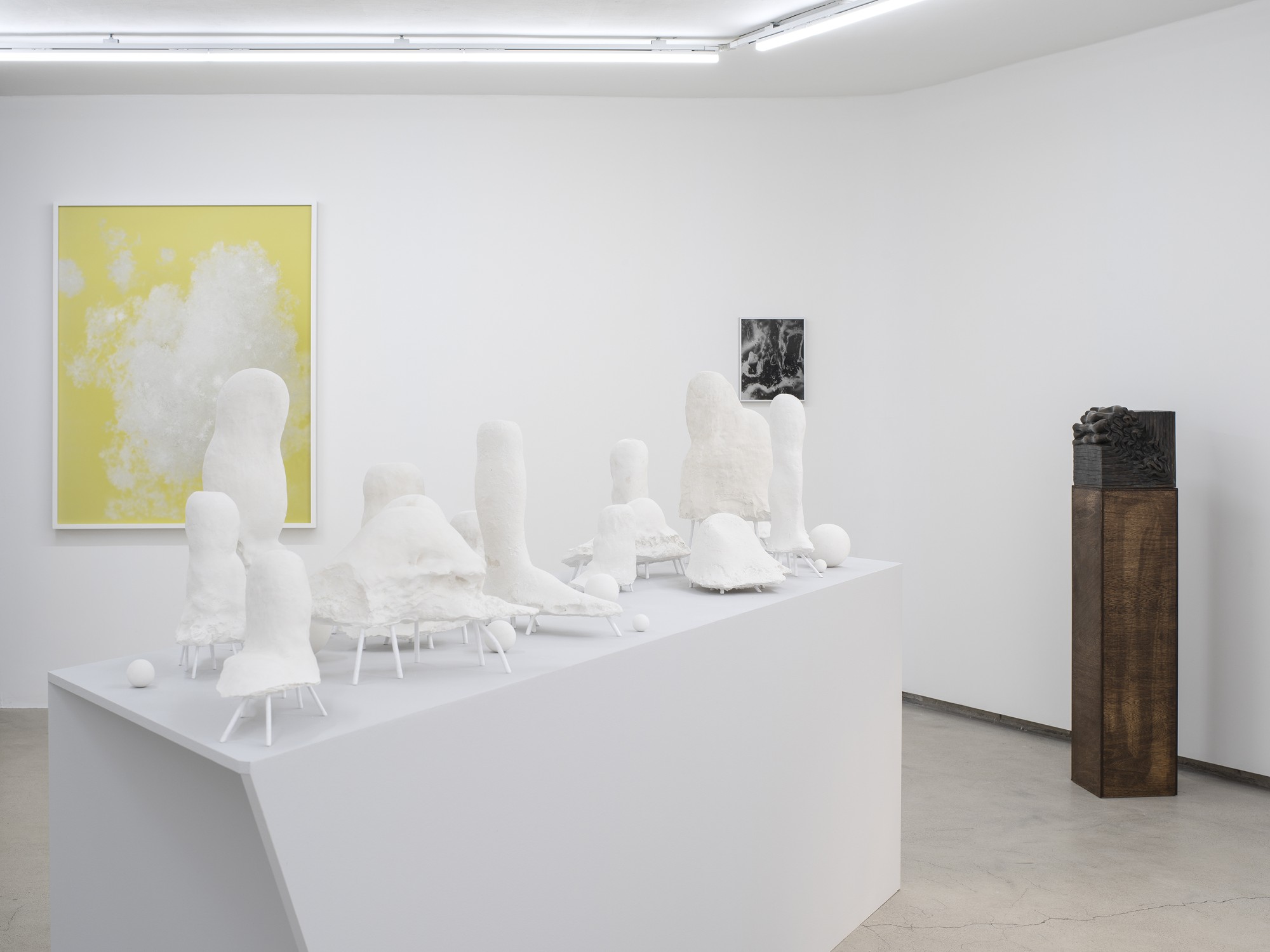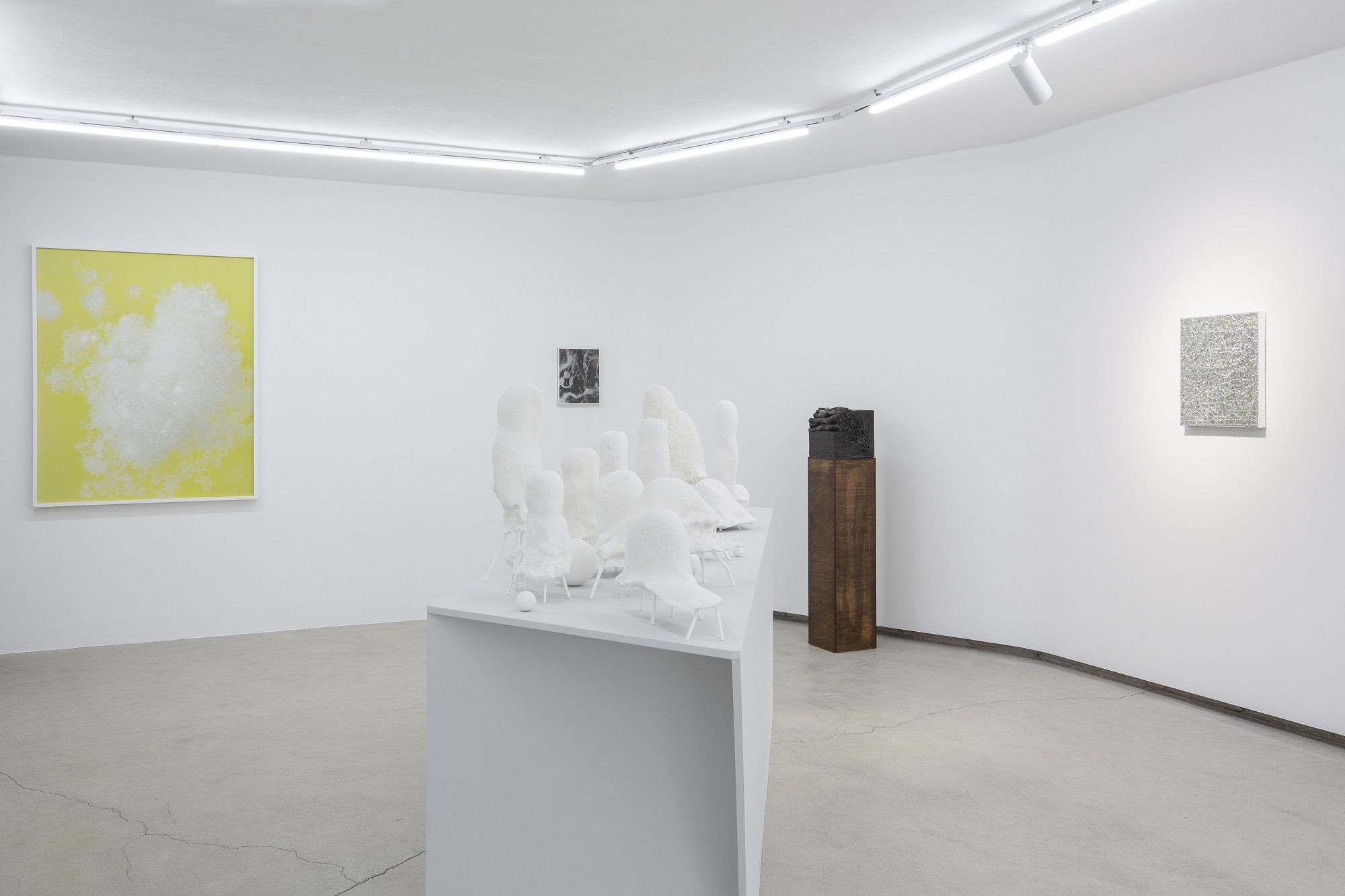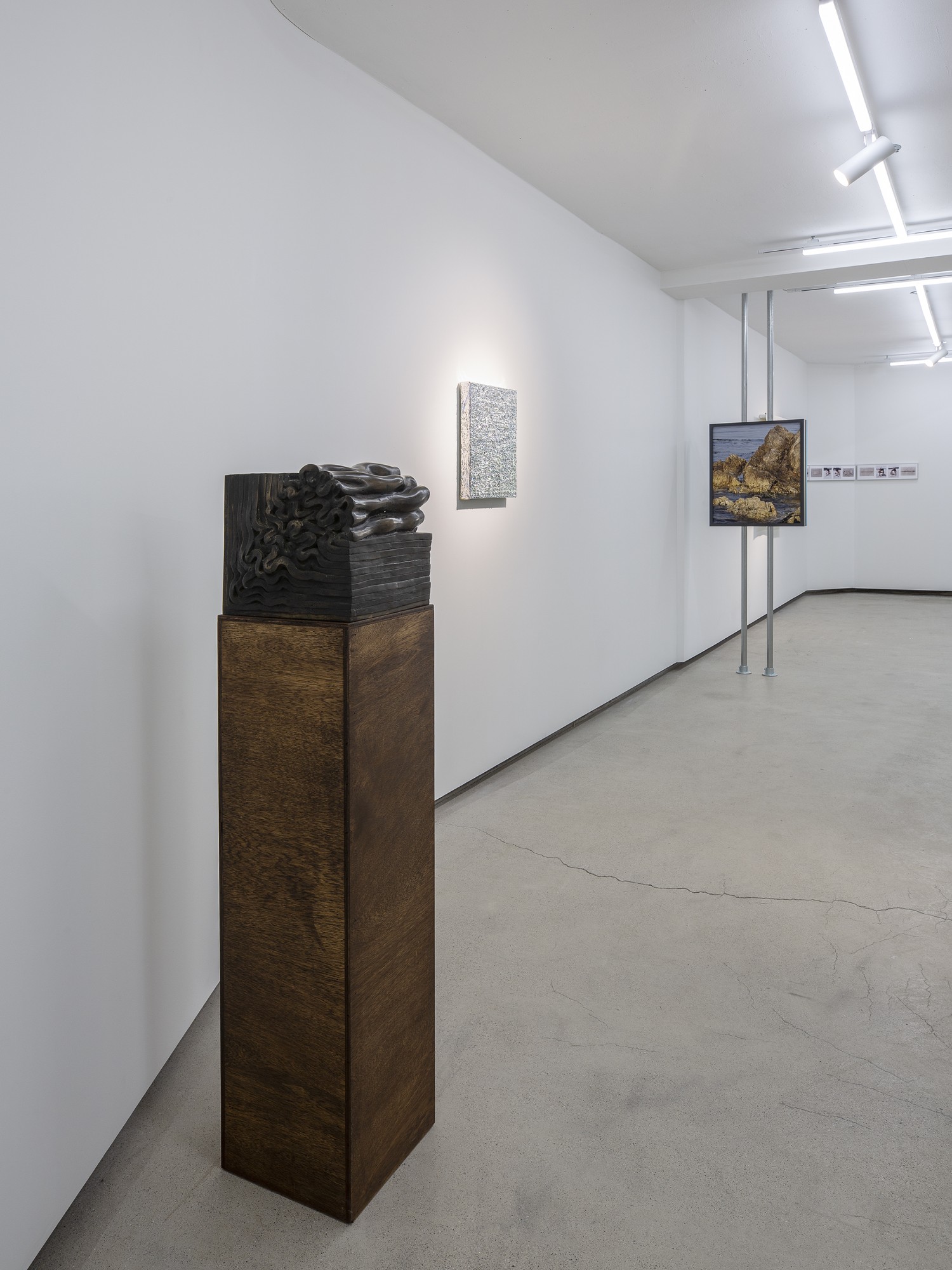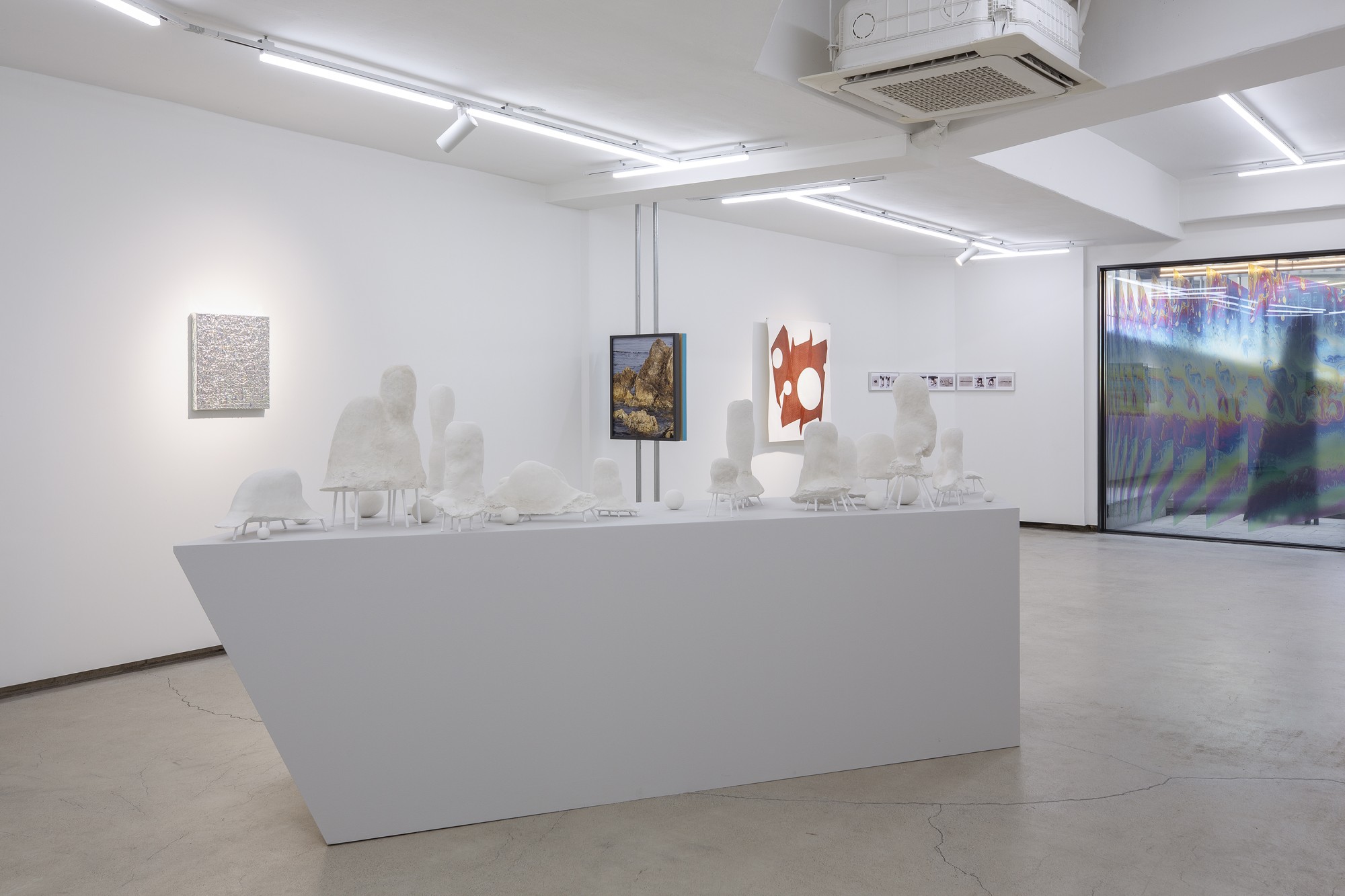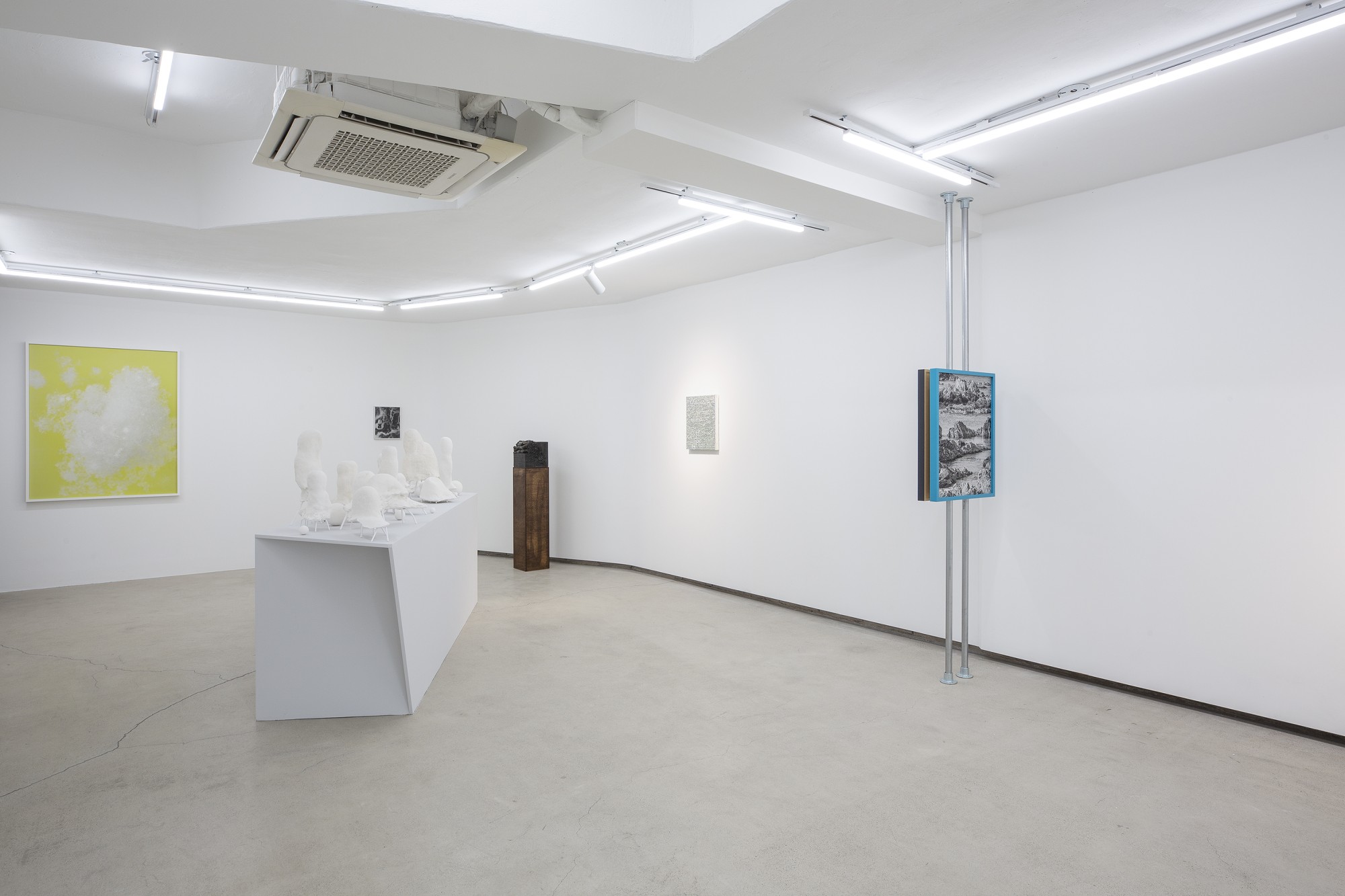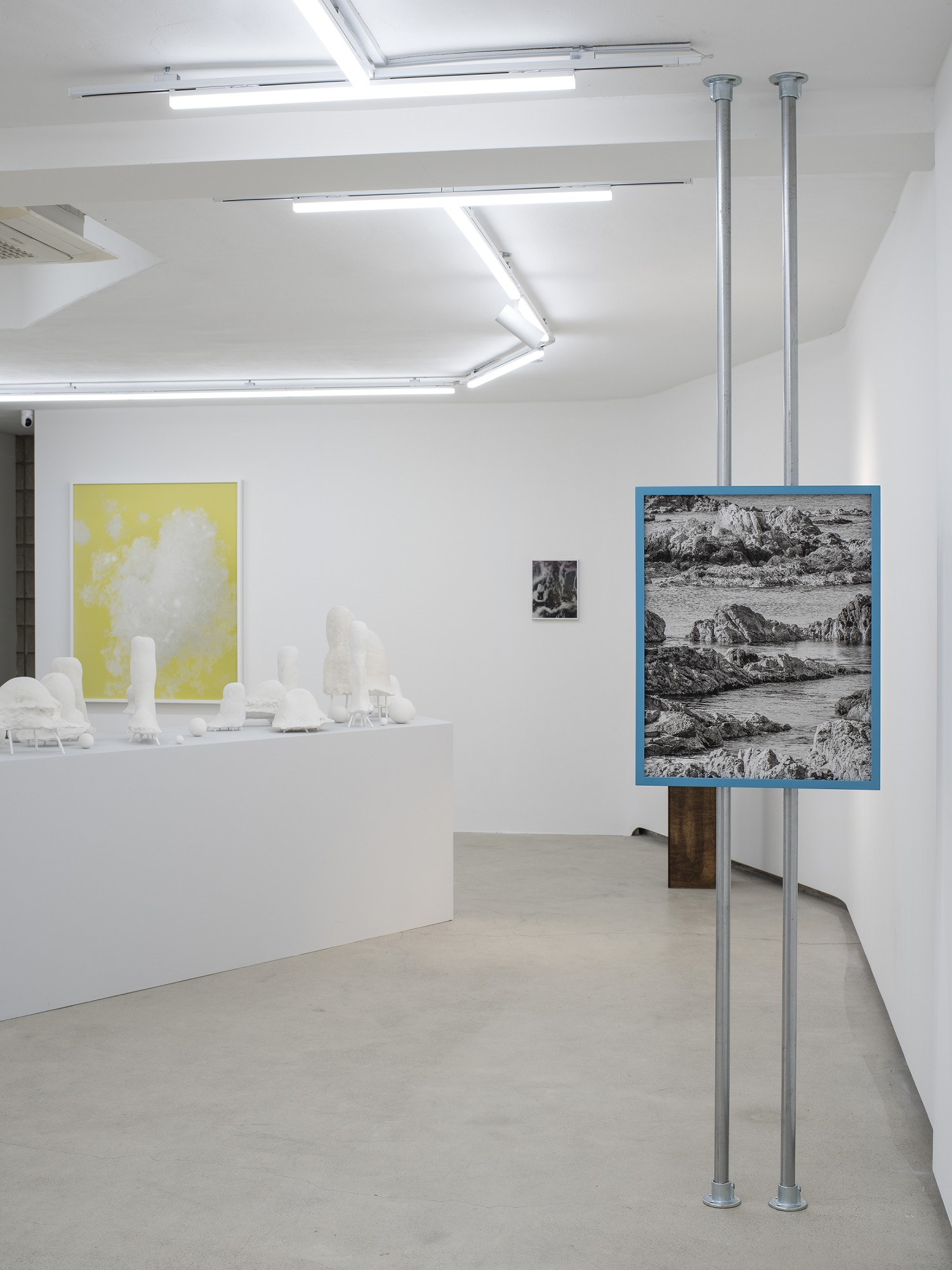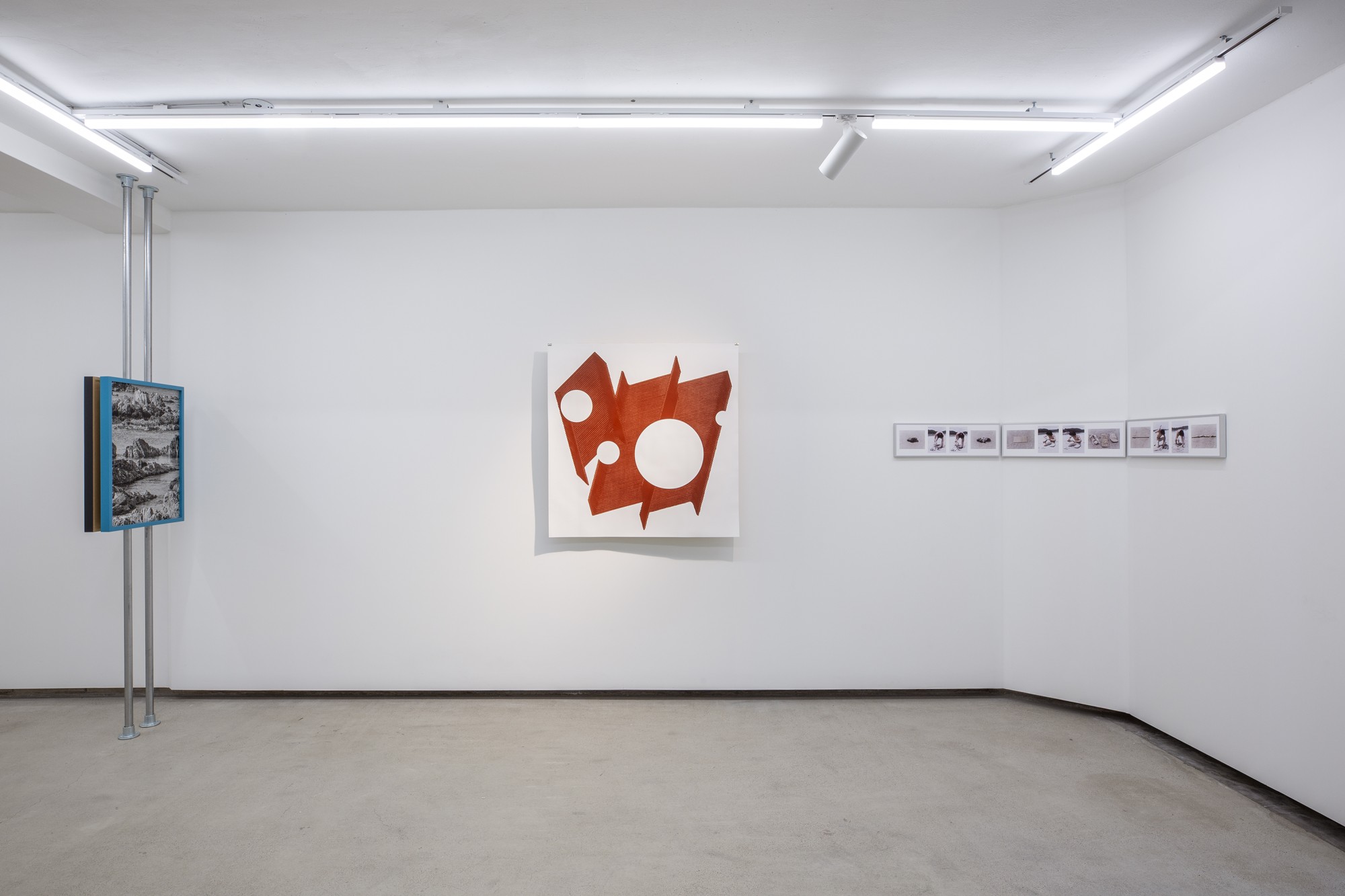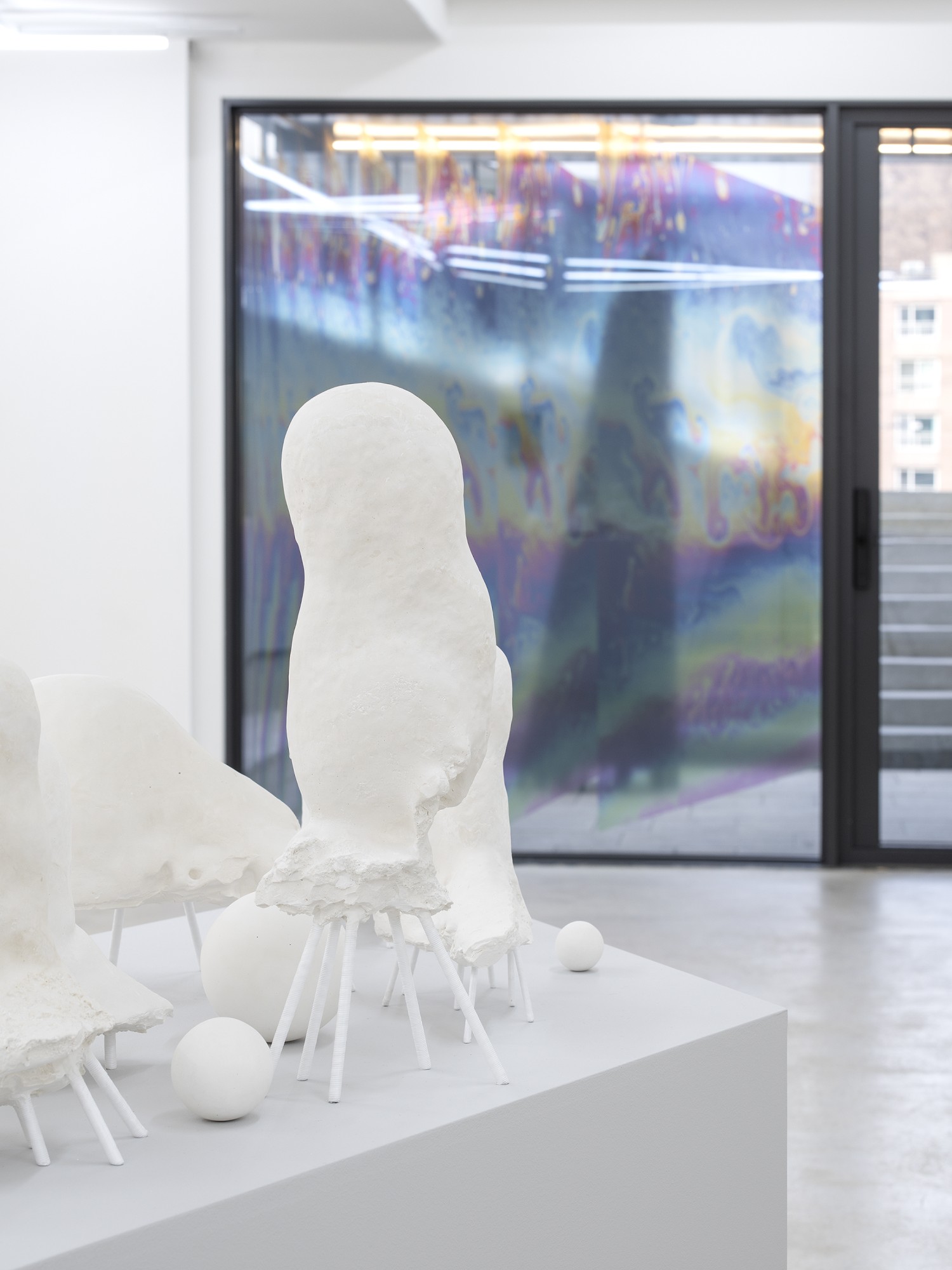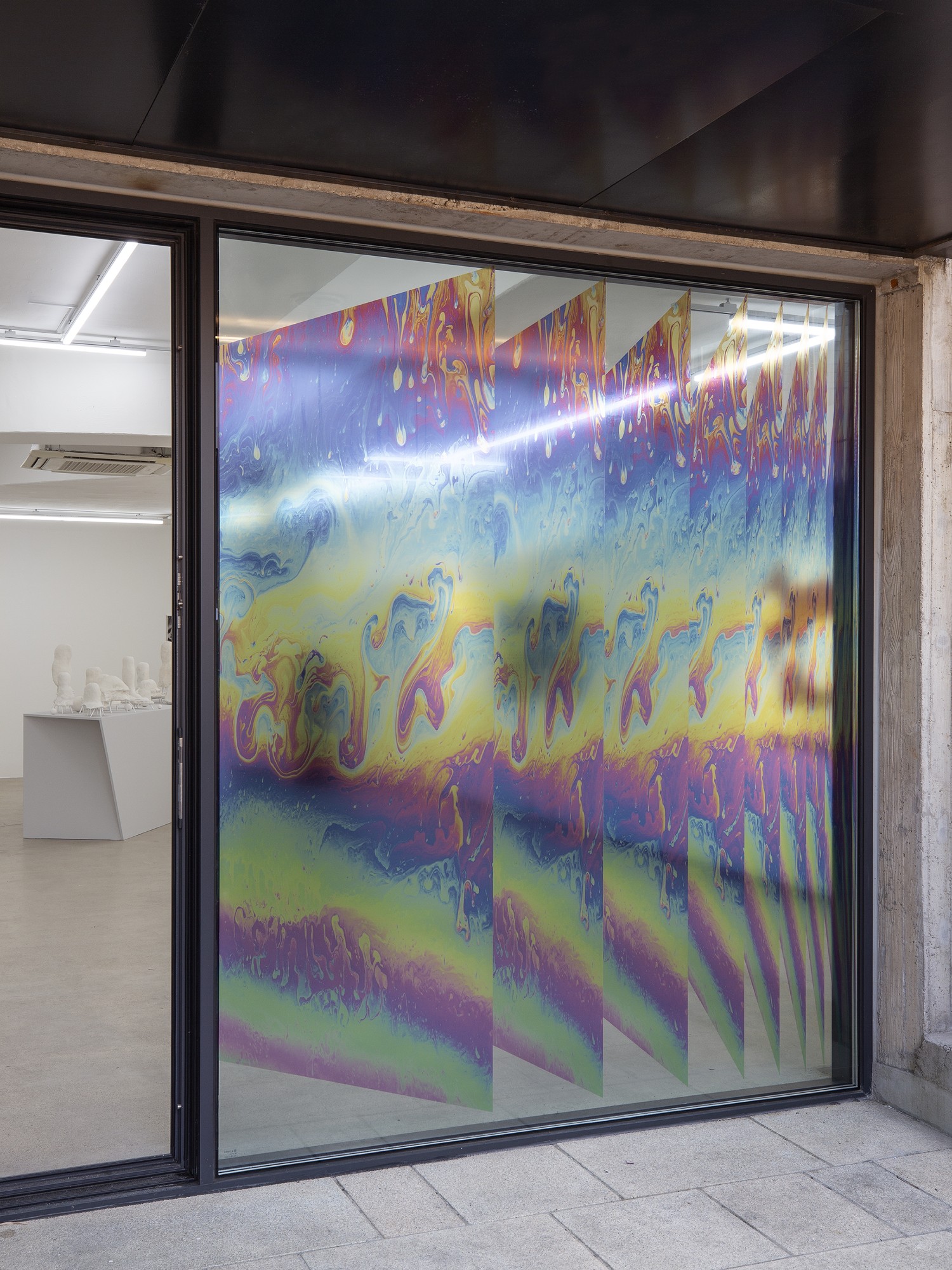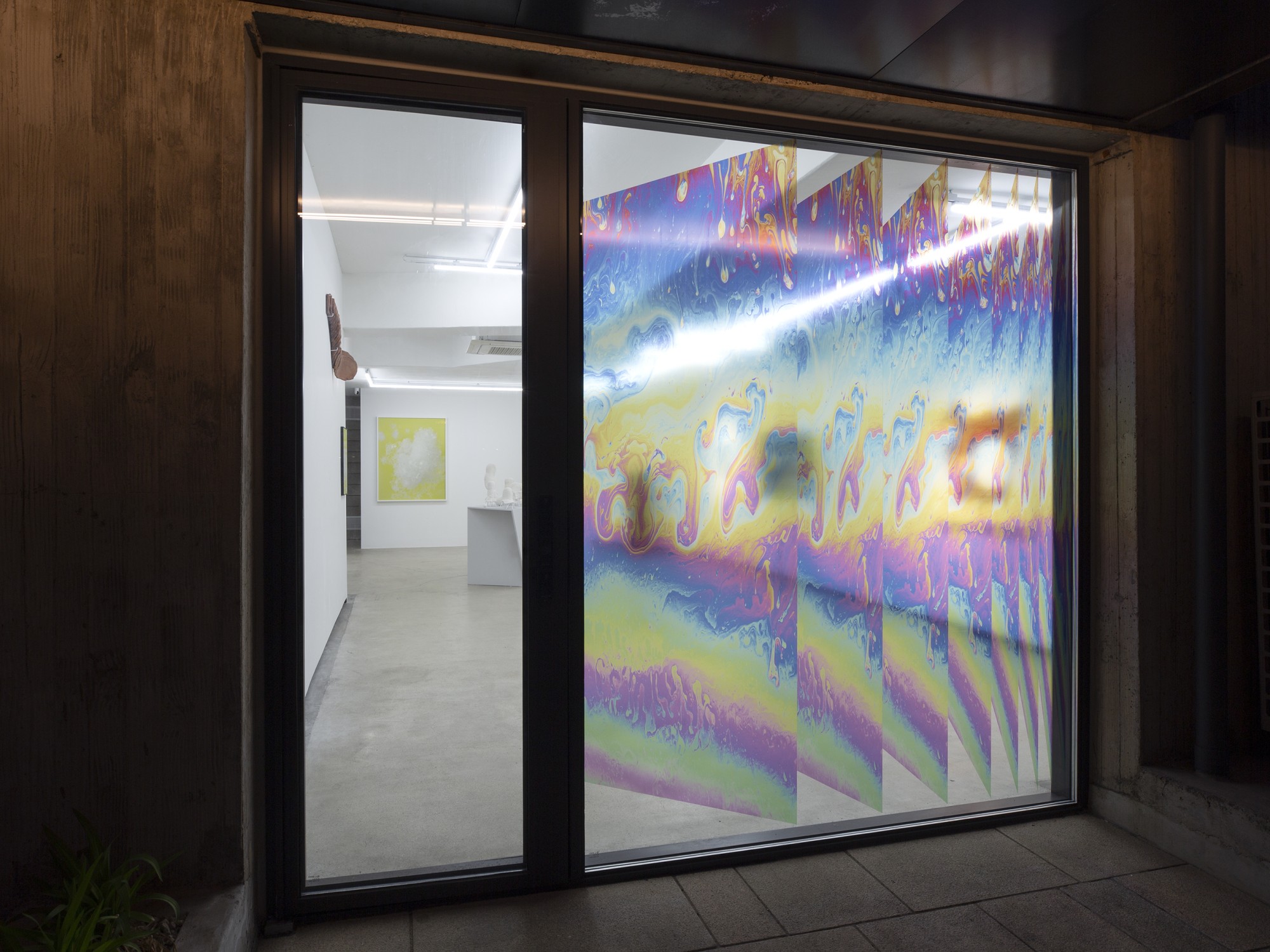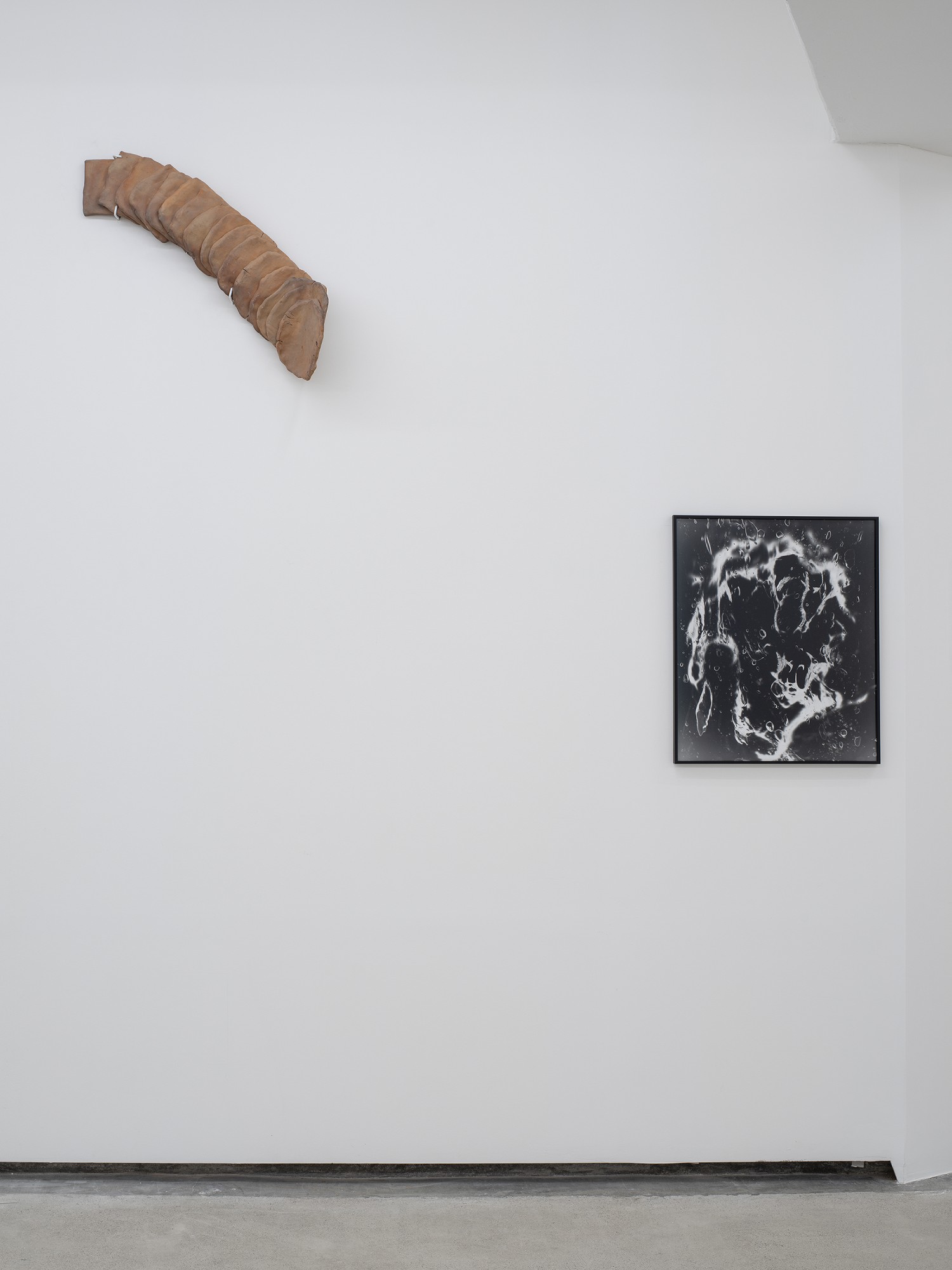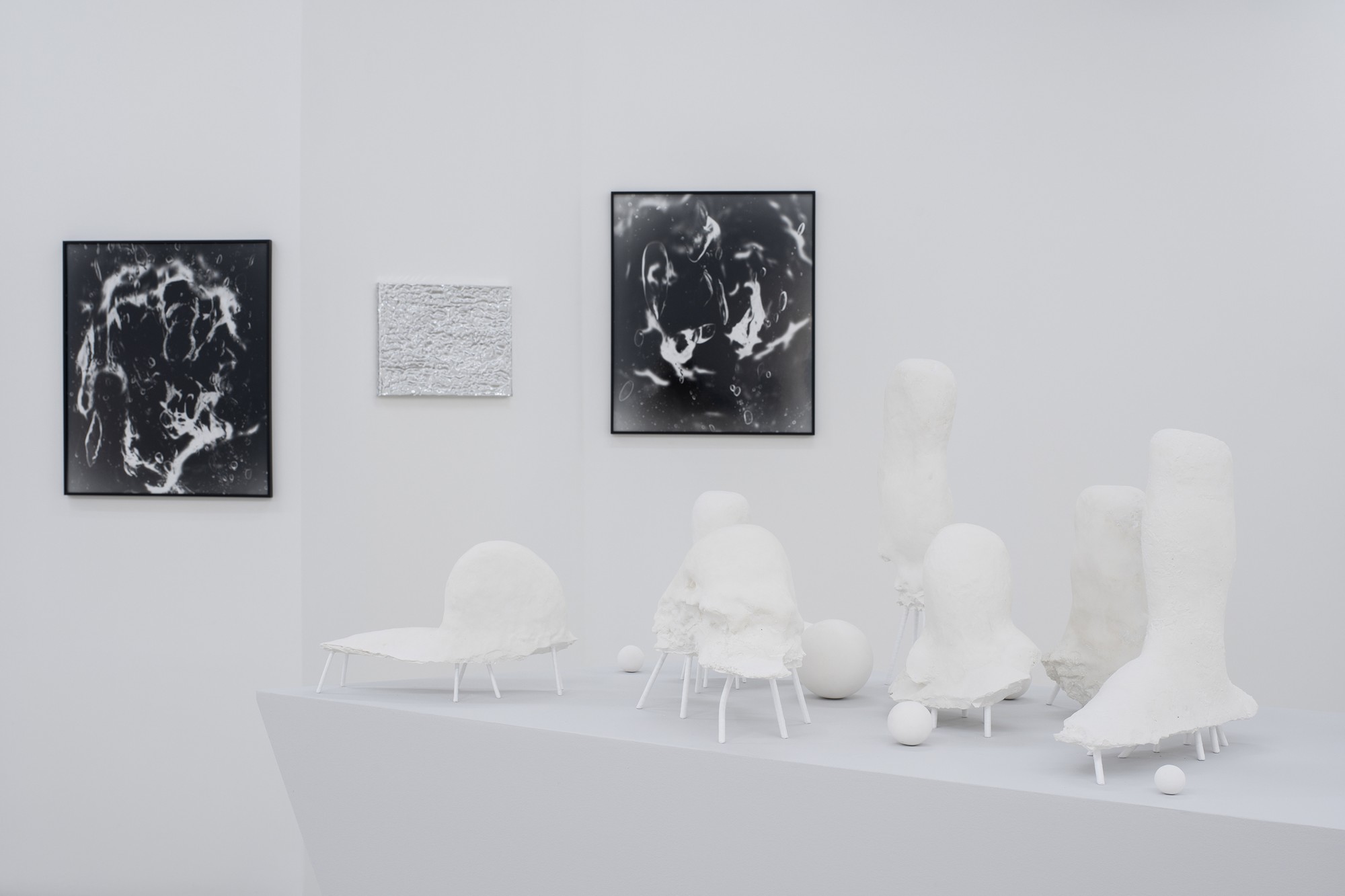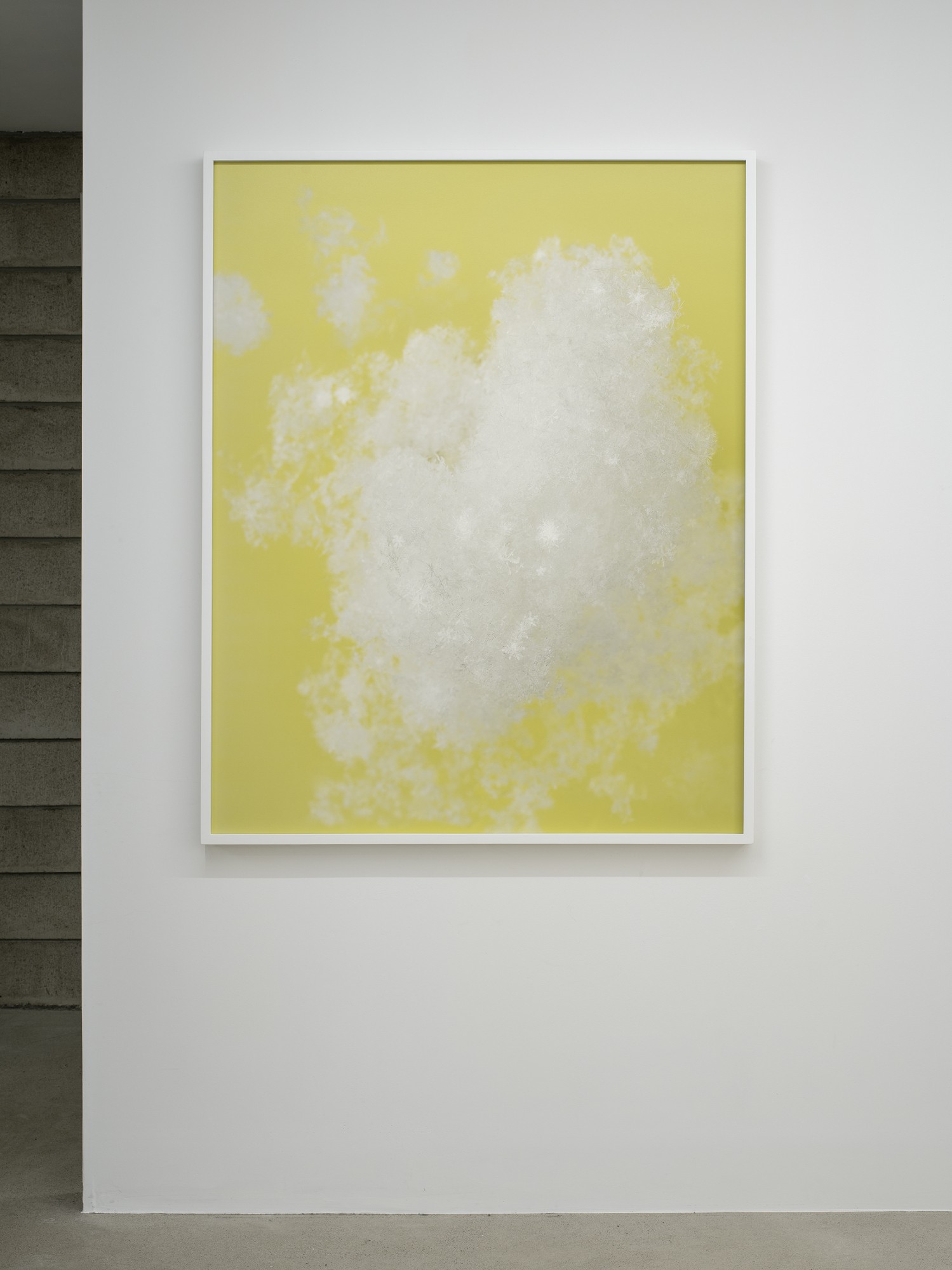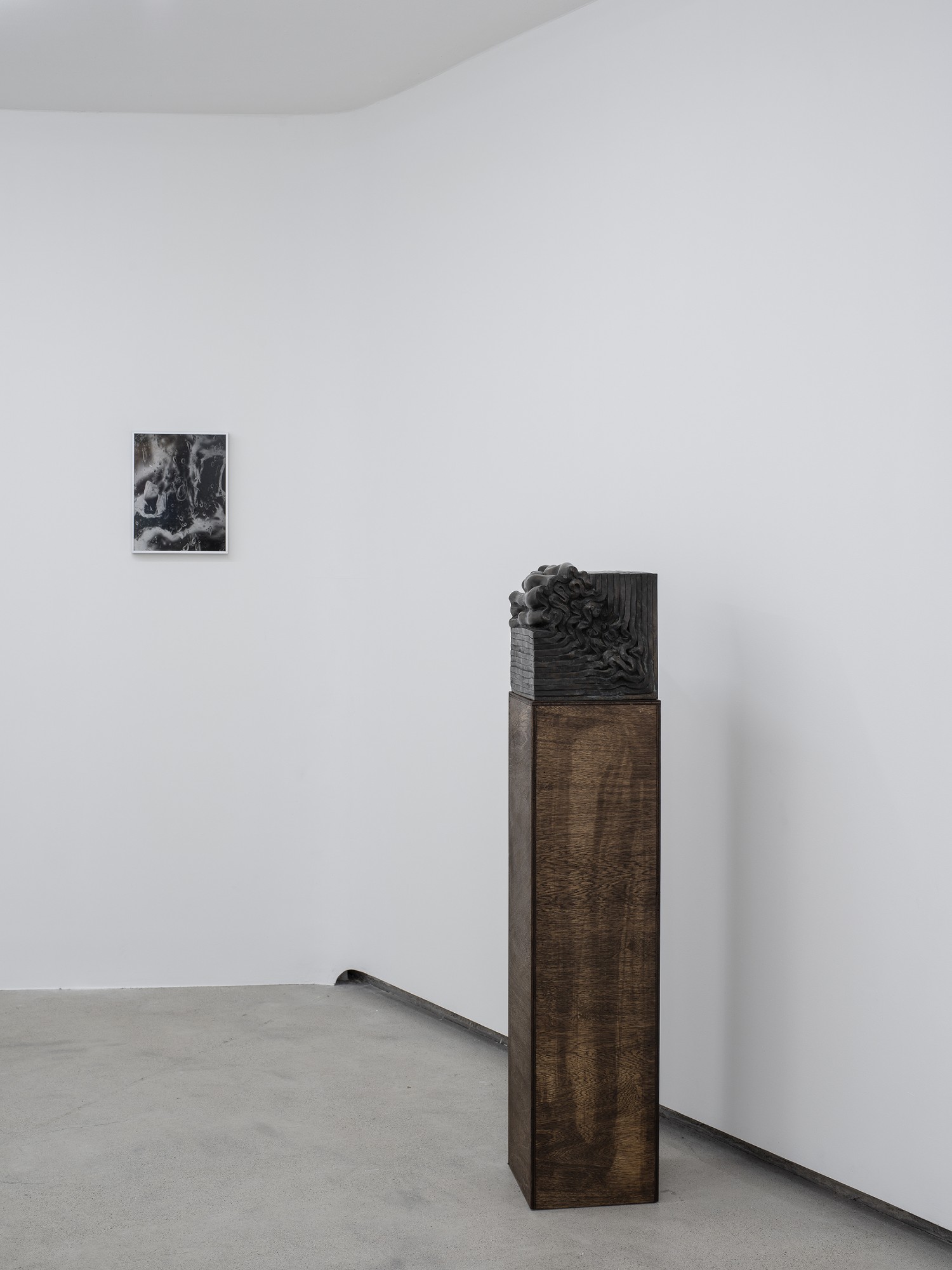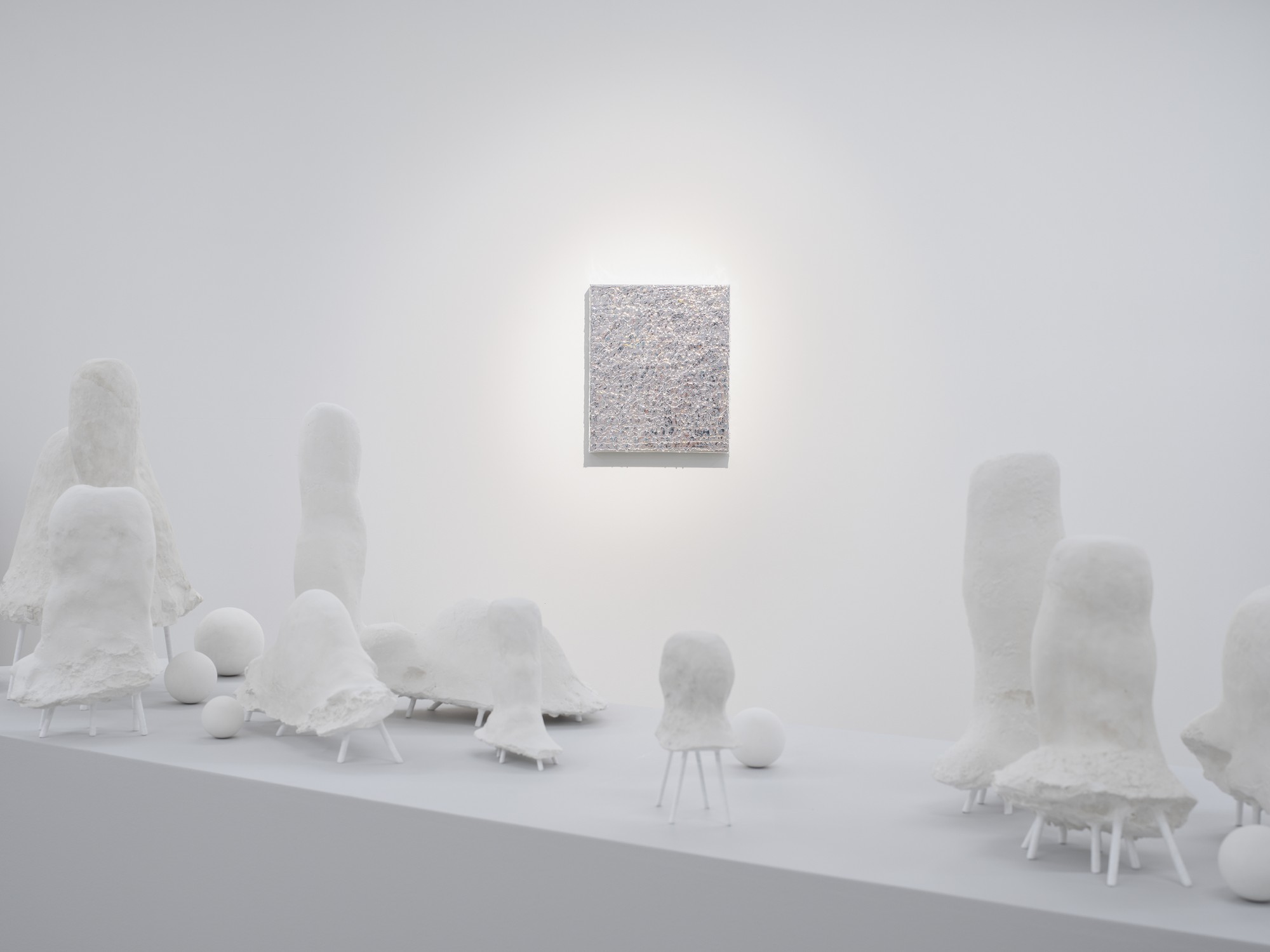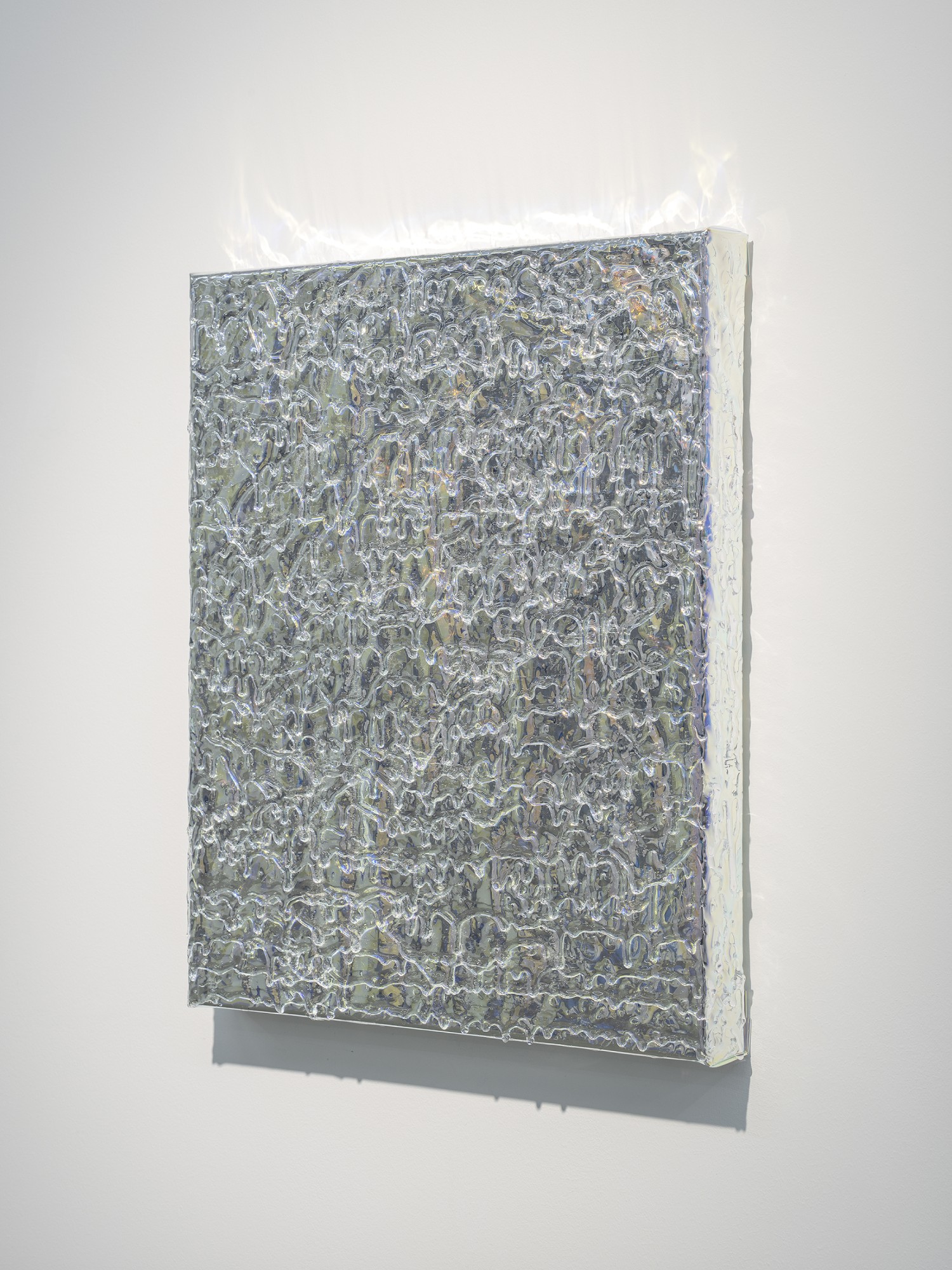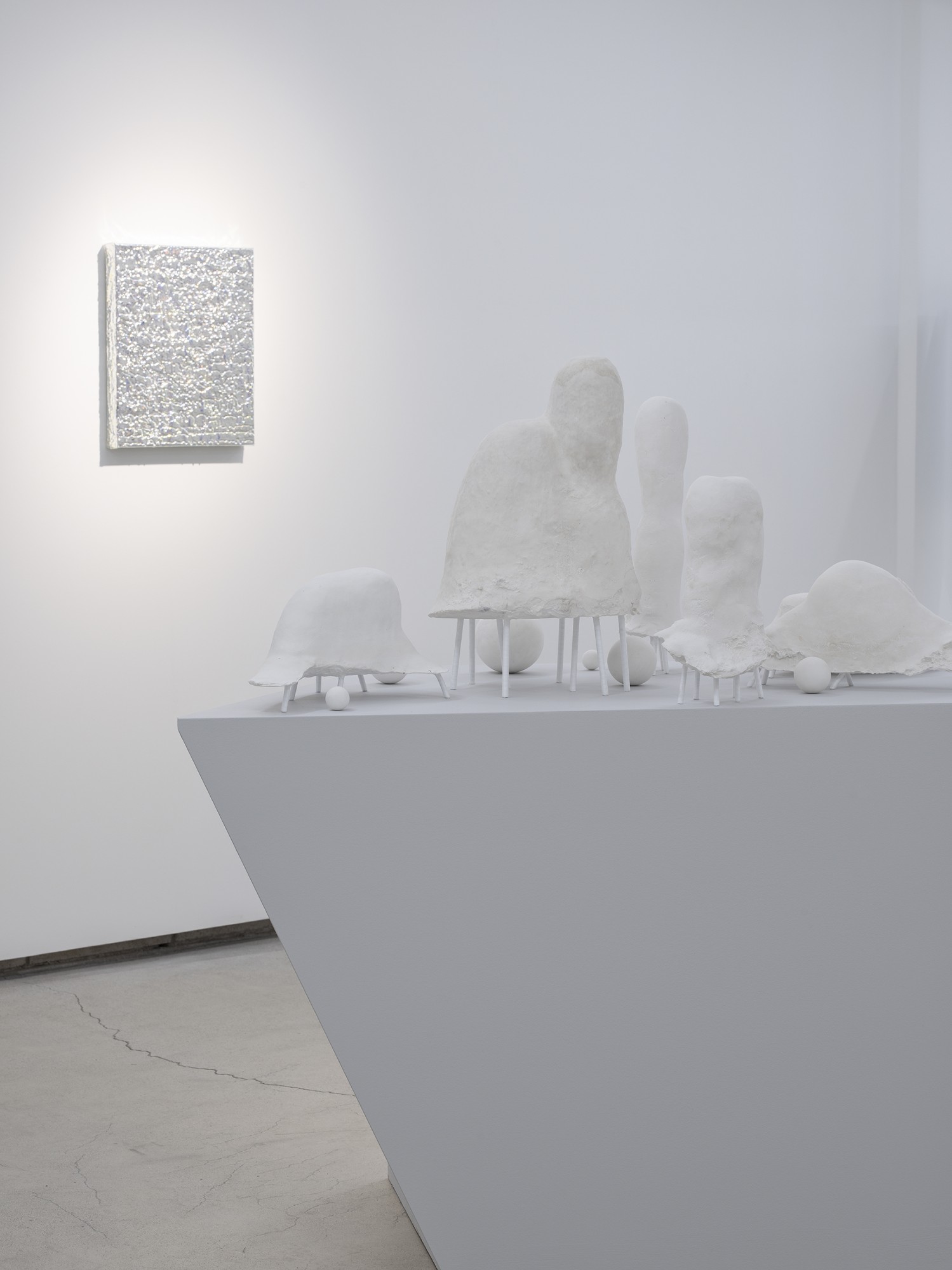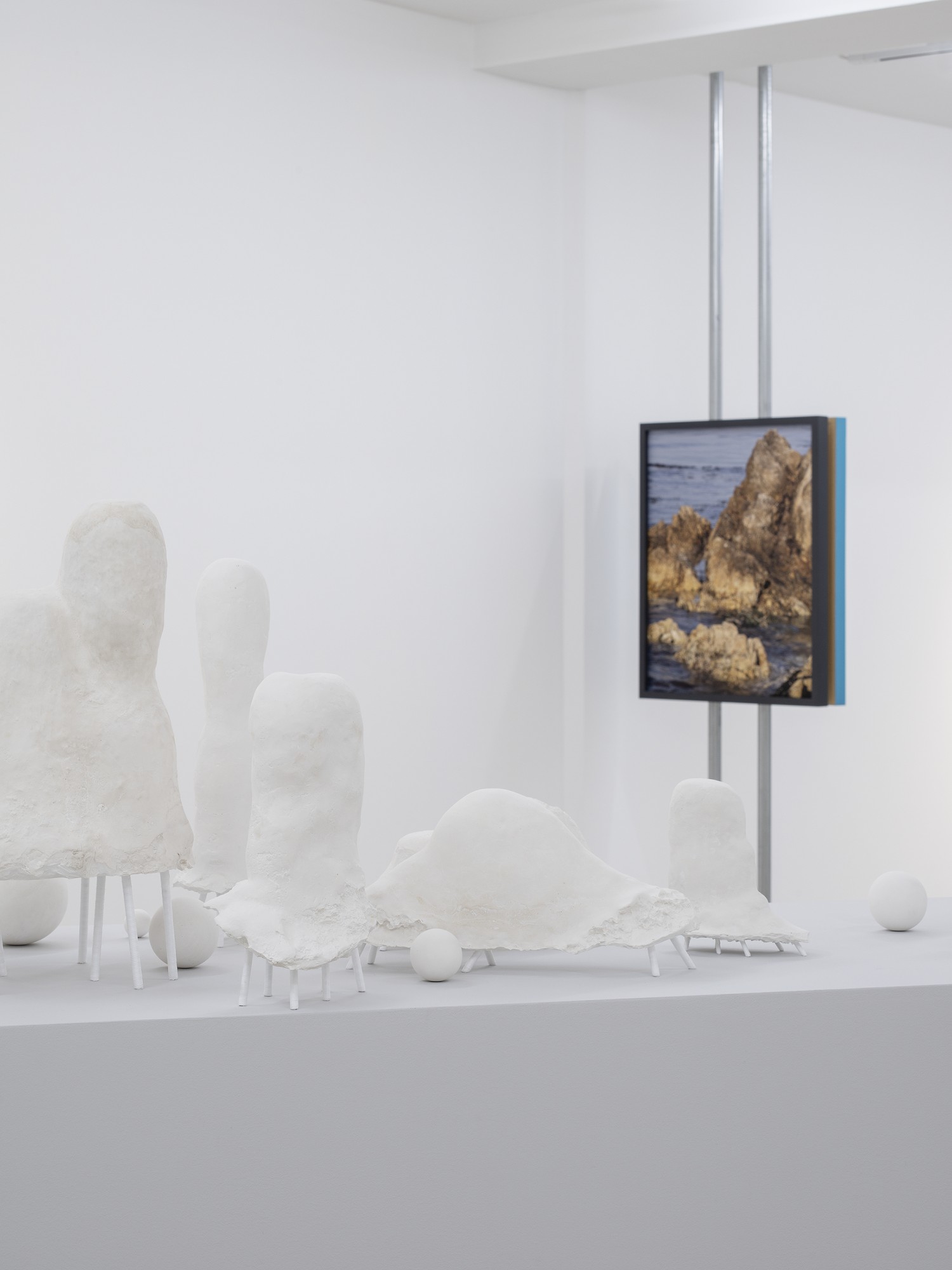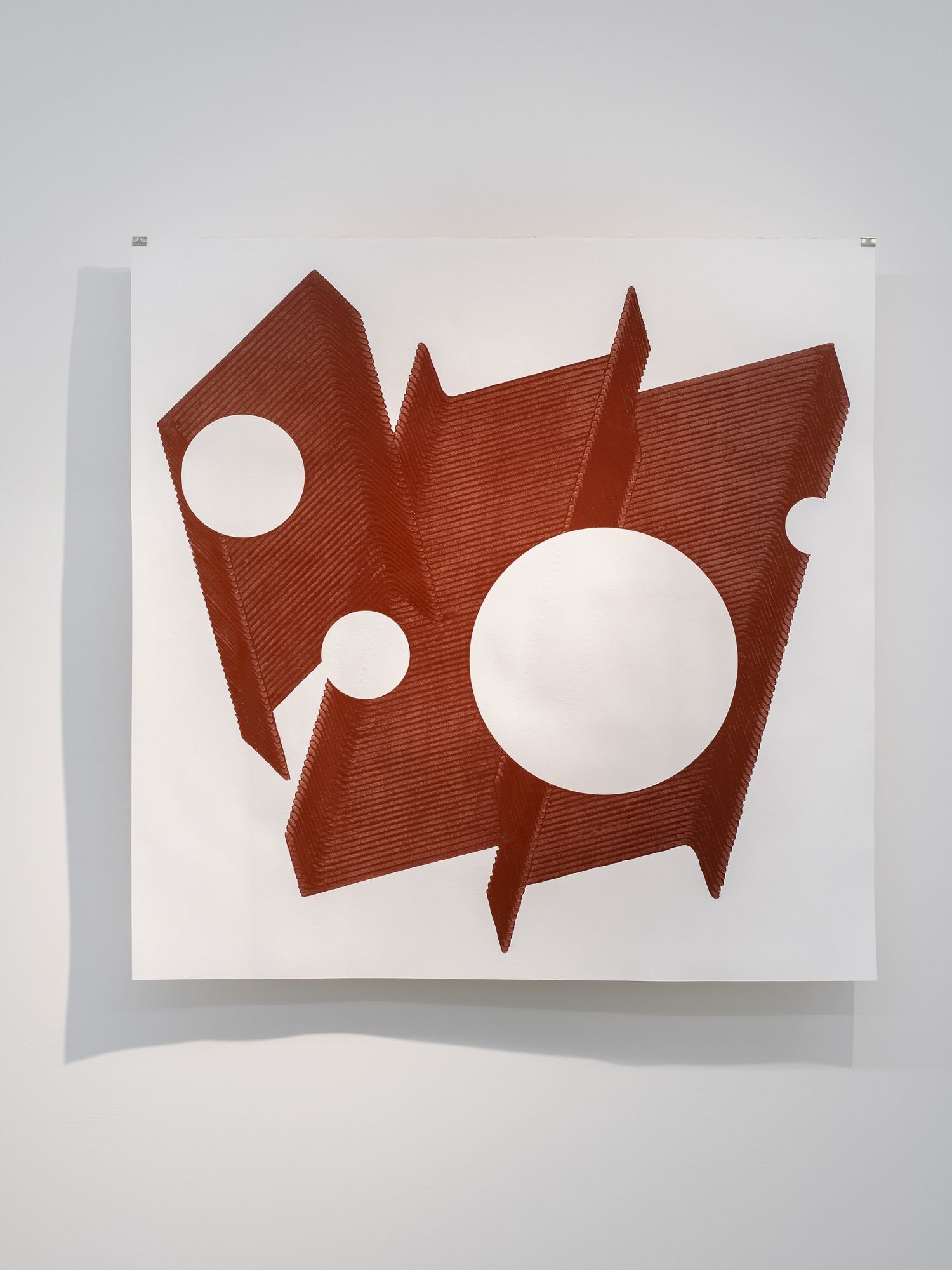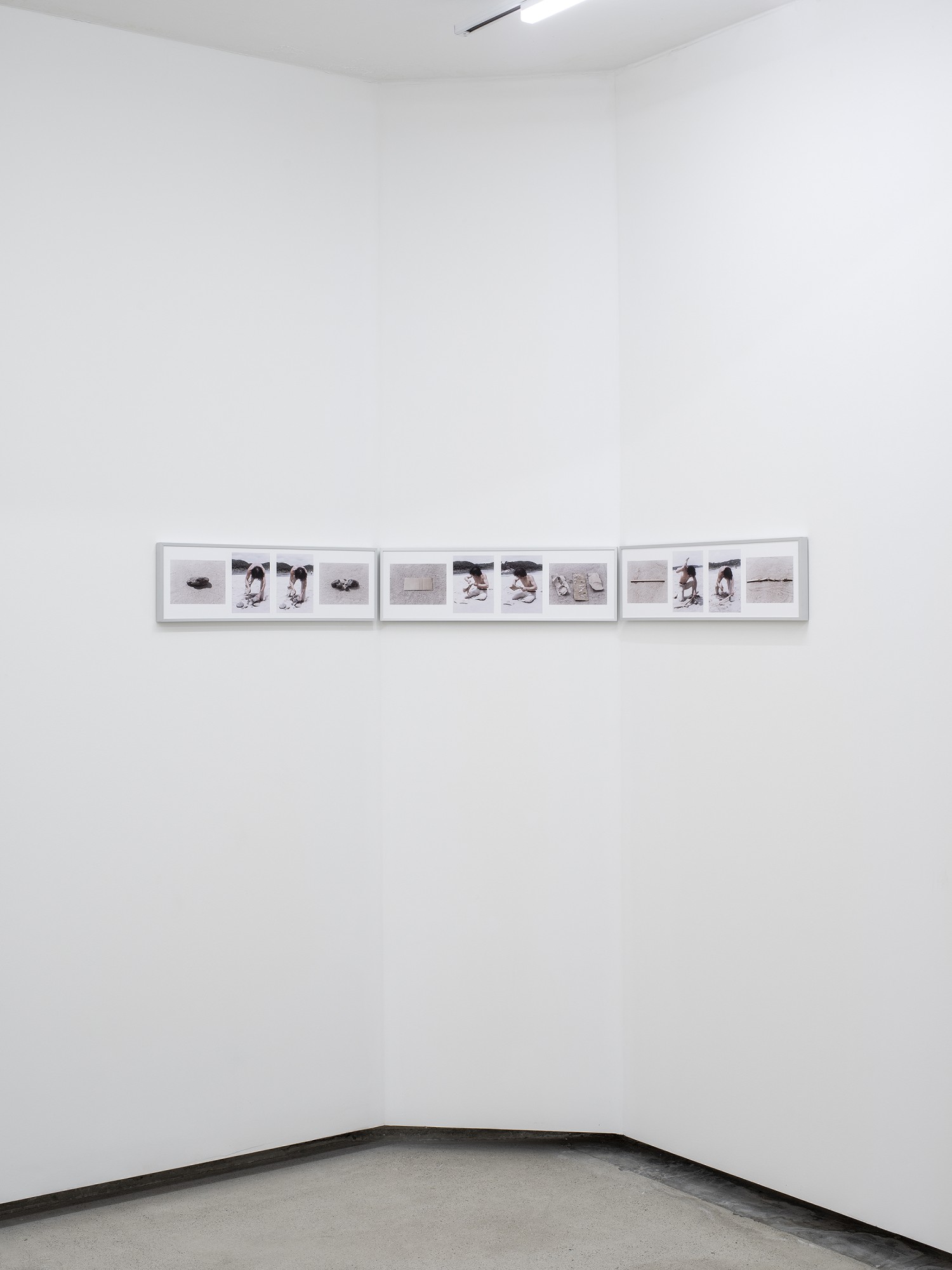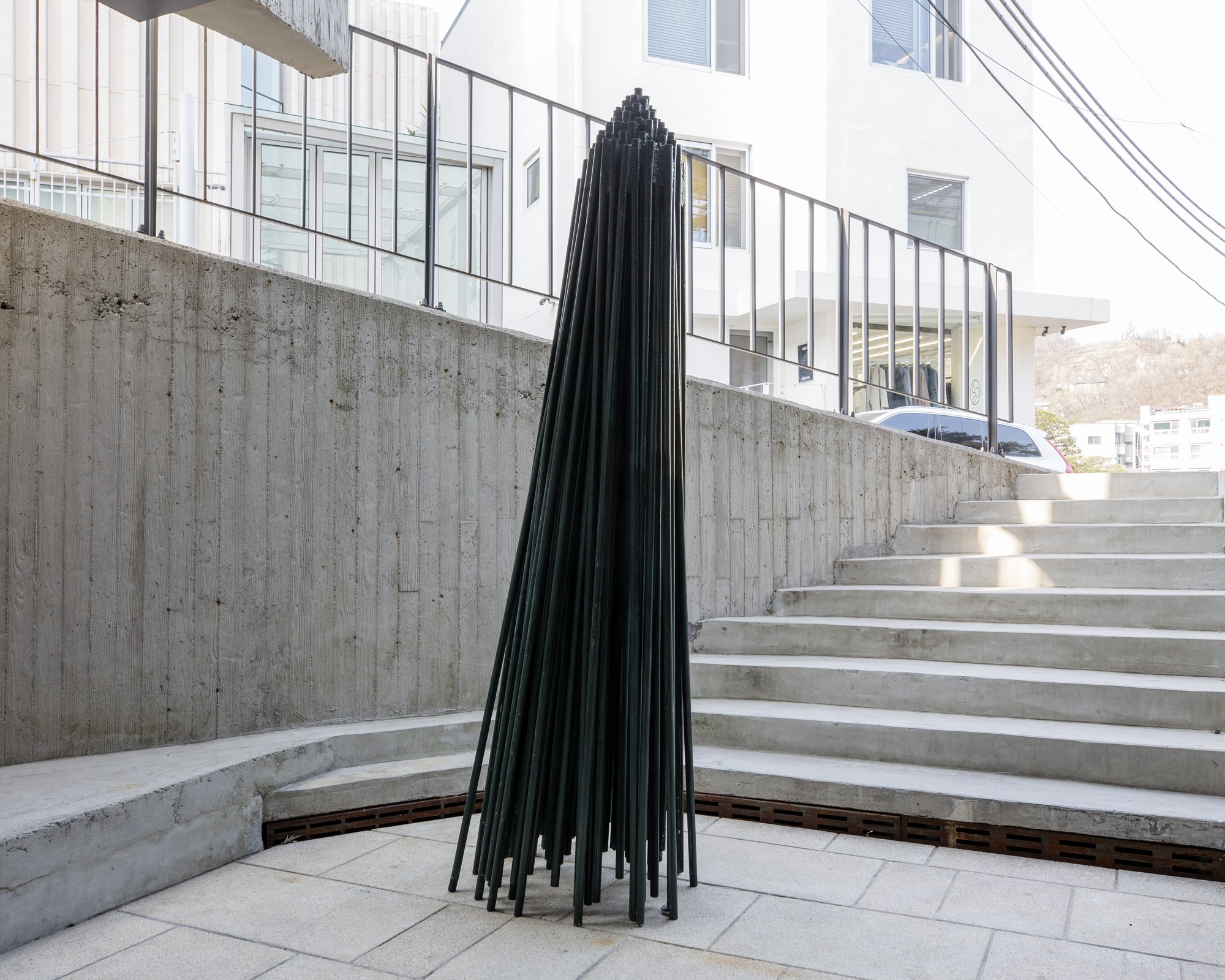Images today are produced and consumed in real time to suit individual tastes. Whether they are the substanceless images that appear on our cell phones or computer displays or actual images represented in a material way, they can be found everywhere, from private spaces to public ones, on streets and in buildings. We are all well acquainted with the fact that such images do not simply exist as they are seen. In art, a conceptual shift away from retinal appeal occurred by the time of Marcel Duchamp, but our typical image consumption today often leaves the perceptual depth stuck at the level of retinal phenomena and the object’s surface. Value is not sought as much at the level of the image’s origins, meaning, or context; instead, the image is treated more as a virtually centered product, stimulating and powerful. Many of these products—the kind that often are described as “sensory”—place today’s image at the level of visual play rather than an object of contemplation. Even the photographed images we find on contemporary social media platforms render the recorded surface shallower and sleeker, with a market-centered, superficial aesthetic tendency that shrinks the horizons of the image’s meaning. The visual qualities at the core of modernity have established greater credibility through their lucidity, but they also strip away the potential for contemplation and perception in a way that recognizes the opacity beyond the visual. The combination of technological developments, the ascendancy of platforms for reflecting them, and images generated in a self-production sense have reached the point where volume, depth, and even narrative are trimmed and polished away and incorporated into a superficial aesthetic (or tastes). This ecology of the image narrows the distance vis-à-vis the observer. Aesthetic judgments, however, require some contemplative distance.
The exhibition Skin and Skeleton takes a step back from these aspects of today’s visual culture to examine the structure/skeleton of the various networks of meaning that exist underneath the surface layer of the image/skin. Focusing on the inherent sources within the image, conditions and methodologies related to media, and the narrative possibilities that are present, it attempts to reconsider the ways in which today’s images are consumed. To this end, it brings together photography and sculpture—two genres that exist on different axes. But while these genres may appear at first glance to represent oppositions (three-dimensional vs. two-dimensional, weighty vs. light, thick vs. thin, tactile vs. visual), they share a mutual orientation in terms of formally defined starting points. Stepping away from the physical distinction between the two, the exhibition discusses the “image” at the point where sculpture and photography intersect. This encompasses both process and result, fragmentary image and narrative, peripheral visual stimulus and affective perception. It can be described as an attempt to use photography and sculpture to examine the “skin” and “skeleton” of phenomena that tend simply to be dismissed today as mere “images.”
The photographs of CHUN Eun do not simply focus on documented truth. By way of the photographic object, they connect us with the time frames of others or lead us to imagine moments when the objects in the lens are in motion or their own form of vitality starts to bud. Chun’s photographs in this exhibition operate in close association with each other, varying in the distance and depth of their gaze, their temperature and density. As soon as the visitor enters the gallery, they encounter Su-yeong, a photograph that shows a girl. The girl in question is impaired with low vision. Her gaze seems to rest somewhere in between contemplating and looking, as she is shown from an oblique rather than a direct angle with her eyes not fully oriented outside the frame. This gaze seems to be directed at a landscape some distance away (The distant landscapes utter no sound (Gallam) #1) or to rest on the images of a crystal as a minimal unit of matter that is difficult to detect visually (The distant landscapes utter no sound (Winter) #2). What do we see based on the girl’s gaze? Can we perceive or contemplate an object outside of vision? From the time and space when the artist encountered her subject to the memory and imagination that are associated with it, we experience something beyond the image that forms in our visual system—the repeated opening and fading of a certain time and place that connects with shared imagination within personal memories and experiences.
The work of another photographer, OH Yeonjin, can be described as focusing on the photograph itself. Oh’s work consists of images obtained on the boundary between intention and randomness, encountered amid variations in the conditions attendant on the photographic mechanism. In that sense, her work may be seen as something drawn out from a deep permeation into the mechanism of photography from a “meta-photographic” perspective: photography about photography. Her series Self-refrential Film (Melting) and Object-Through can be described as the traces recorded (or left behind) in a process of attuning the environment and conditions present in the photographic process. In contrast with other photography, this results in more surface irregularities and a pronounced sense of materiality. The work is also quite abstract, as the photograph’s focus is not on external objects. Converging somewhere within photography, the images are less reflections of an external world than the traces/facts that have been physically left behind, as well as a space for capturing mental images—the yet-to-arrive narratives that originate with the viewer’s perspective. In addition to these two series in which images are constructed between liquid and solid phases in the expectation of a “gaseous” imagination within the viewer’s head, the work Tilted Lamella, a print of which is presented on the window at the gallery’s entrance, is a transparent/translucent screen separating inside from outside, evoking the properties of photography as an optical device as it fully absorbs the conditions of the light. Additionally, the chain of gradually sloping images draws depth out of the window’s surface while faintly reflecting objects situated inside and outside the space (from the other artists’ work to the viewers walking through the setting)—leaving behind the visual sense of resting at the surface layer to create an illusory time and space with a sense of movement.
In terms of sculpture, the work of BYUN Sang-hwan is narrative in nature and contains qualities of time and movement. For Byun, shapes like the inverted icicles that form as water flows from outdoor air conditioning units in the winter are a fascinating subject and material discovered in everyday life. For Equivalent exchange_孤立無援, he captures the shape of one of these icicles to cast a sculptural mass, obtaining the mold by mixing plaster with water from melted ice. In the process, the impurities present in the icicle become fully incorporated into the sculpture, as an everyday narrative establishes itself deep within the shape’s surface. As a material, the platform preserves that narrative in sculptural form, while its white surface seems to permit the possibility of sketching some kind of narrative on top of ordinary experience. The artist also adds legs. But the legs that have been added to the upper mass seem quite different from the symbolism traditionally attached to sculpture. Appearing feeble in comparison with the body above, the legs differ from the monumental values that are achieved in sculpture through ideal proportions and postures, calling to mind the form of an organism with its own unique stance. The balance that is barely sustained—as though the proportions are misaligned—extends the gaze from the lines (legs) to the plane (the mass’s surface) and the movement that seeks to approach (or construct) a certain time and space. In another work entitled Live Rust_Odyssey 23001 (α)(β), the sculptor’s body has been fully incorporated. For this piece, Byun has applied anti-corrosive paint to one surface of a rolled steel beam and made impressions in its surface. Through this process, the properties of the material are adapted by way of the paint’s color sense, while the materials’ volume, mass, depth, and spatial quality are translated into the artist’s gestures and repeated process before being ultimately recorded as abstract geometric patterns. By composing this work as a separate pair (α and β) in the same shape, the artist physically extends the image’s temporal and spatial qualities, which are formed within a single flow. This attitude can also be observed in Sarira of sculpture, where he seeks variation and concatenation of meaning through the formal possibilities he discovers in the process of controlling and adjusting matter.
In the work of CHUN Kook-kwang, the basic characteristics lie more in the structural nature than the formal qualities. These structures are visually represented through the formal emergence and disappearance of inherent qualities of materials with the layering and overlapping of variations and transformations on the various units. While nature could be seen as a motif in Chun’s work, the artist did not simply imitate its outward aspects. If anything, his art can be described as constructing the structures of nature into robust shapes. Starting from the idea of “layering” (a key concept in his early period), his work converges upon form as mass with the basic elements of sculpture, including volume, movement, and texture. Lump, which represents his earlier period, exemplifies his unique methodology, a “process in which materials with the same specifications are mutated by arbitrary conditions.” What we should note here is that his focus is not on an image with a certain shape, but on the process of transforming matter, based on the volume of the mass itself. As he transitioned into the era of his Inner Mass work, his interest shifted toward an approach that showed both full and empty spaces, the interiors (structures) and exteriors (shapes) of objects. For instance, Persistent Response has the artist altering a rectangle into not-a-rectangle by layering several rectangular pieces of clay and then applying force in one reaction. By having the interior show through the cracks where the exterior is ruptured, he turns the gaze toward the internal structure—the “inner mass”—with a shape that affords an aesthetic experience. Also presented under the Inner Mass theme were a shape constructed from layers of long pipes and a performance that involved tearing at wood, stone, and cardboard. In simultaneously exposing space and the sense of space, volume and the sense of volume, seeing and being seen, these works raise questions of real and illusory space.
As we explore the interpretations and origins for approaching the images these artists have constructed, we can see that the exhibition centers around two genres at opposite poles—three-dimensional sculpture and two-dimensional photography—yet also that these two items are not at all mutually antithetical. Indeed, two artists belonging to the same genre actively intersect with other genres through different approaches. (To be sure, there are times when they repeatedly interconnect within categories of medium and genre.) For example, there are connections between Chun Kook-kwang’s sculptures, which visualize the inherent properties of substance through a process of resting and layering, and the photographs of Oh Yeonjin, who positions the photographic process itself as a central pillar of meaning. We also find them between Chun Eun’s photographs, which incorporate a time element as they guide the gaze outside the frame, and the work of Byun Sang-hwan, who fully contains the sculptor’s physicality as he shifts from sculpture to two-dimensionality, spinning off a different kind of surface (Live Rust_Odyssey 23001 (α) (β)). Byun’s work also shares some overlap with Chun Eun and Oh Yeonjin’s in the way it shows the potential for overlaying a certain narrative through the bleached surfaces of plaster sculpture. In contrast, Chun’s photographs, which emerge from the recording of external objects, may appear quite different from Oh’s methodology of convergence on a process.
Ultimately, this exhibition does not place the medium as its central focus, distinguishing the boundaries where the image is positioned or summarizing things in simple keywords that diminish the layers of meaning. Instead, it starts with the internal signs behind the image’s construction—the internal motivation, autonomy, aura, and creativity—and imagines them forming their own meaning based on their agency and poetic independence. In this sense, the image opens up into a platform for actively eliciting contemplation rather than an object for one-sided contemplation. An image is an interpretive site that encompasses multiple layers, from its origins and source to the social, political, cultural, economic, and historical implications that surround it. It is both an aesthetic form consumed under market principles and a language that boldly twists the logic of capital in its turn. At times, it expands from the personal to the universal level, as its interpretations are enriched where the macro and micro levels intersect. Even the extinction and expansion that occur in a chain of arrayed images can be a face of the image. The image may be a visually determined endpoint, but a path toward multiple contexts opens up the instant we stand before it.
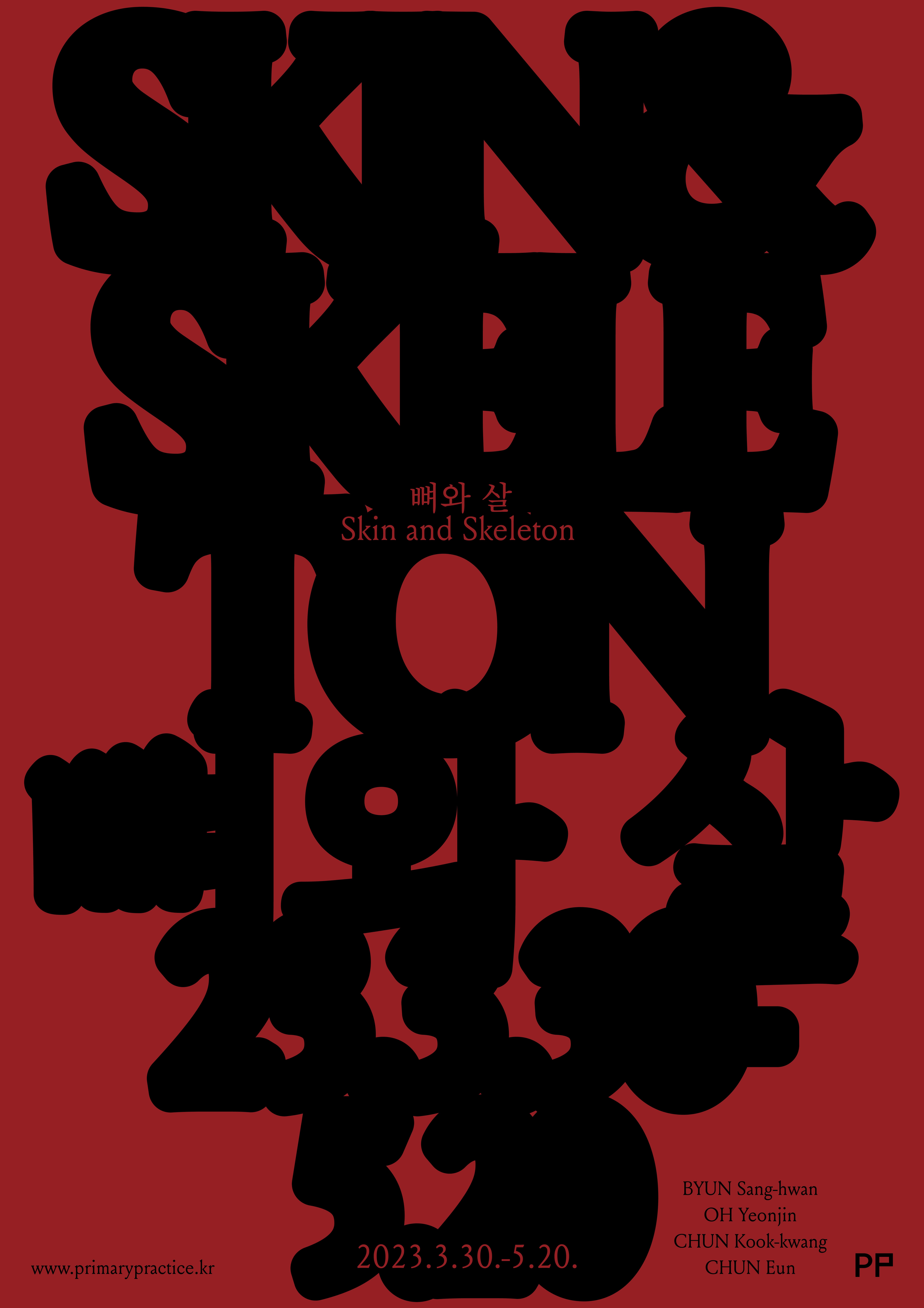
Credit
Participating artists : BYUN Sang-hwan, OH Yeonjin, CHUN Kook-kwang, CHUN Eun
Curated by KIM Sung Woo
Text by KIM Sung Woo
Design by KANG Joosung
Installation Technician : 30pro
Technical support for CHUN Kook-kwang’s sulptures : JANG Joon ho
Photo by CHUN Eun


